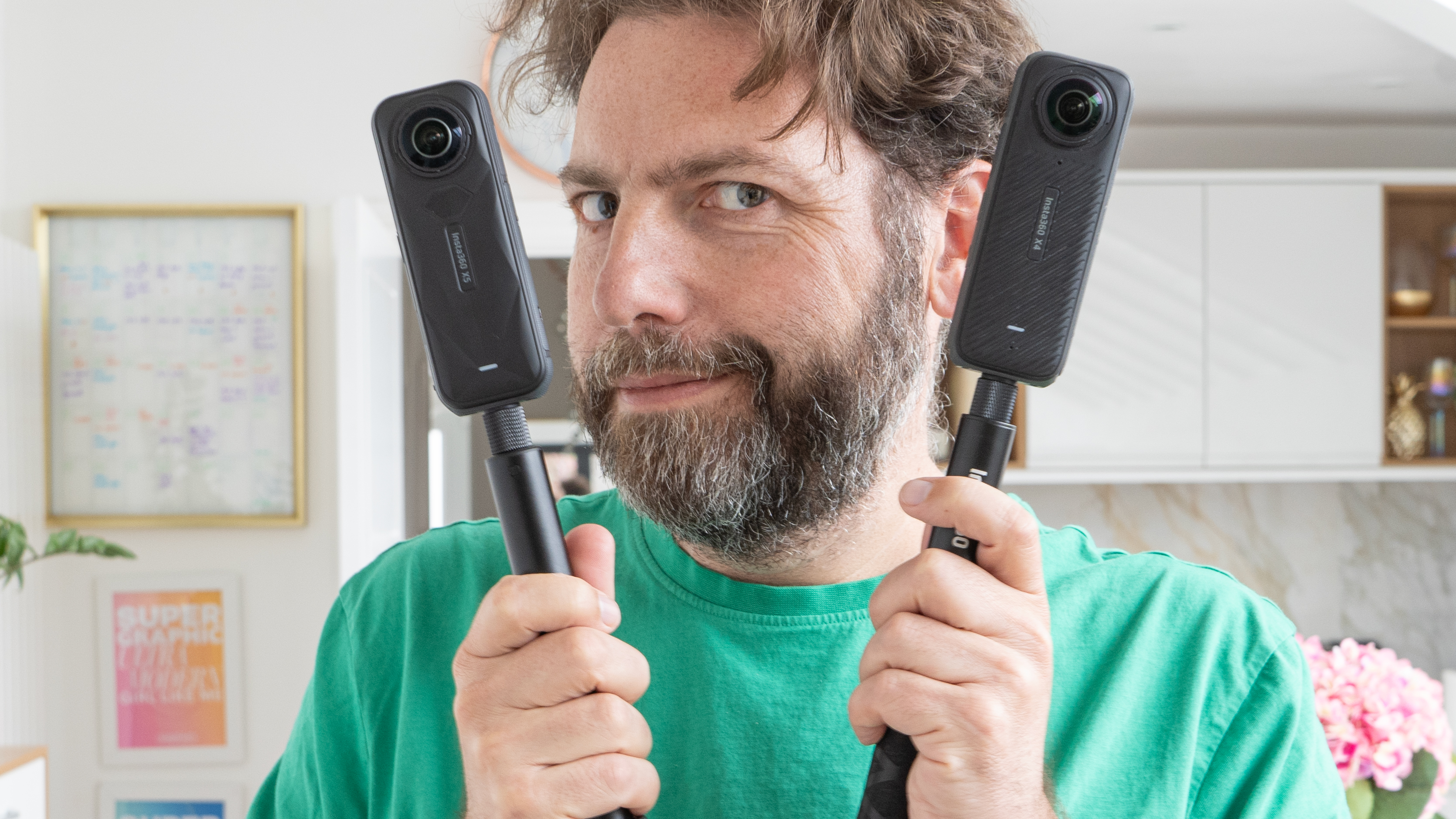The best retro cameras: get the classic camera vibe, but digitally!
My criteria for the best retro cameras are devices that recreate the look and feel of classic film cameras – but use modern digital tech!
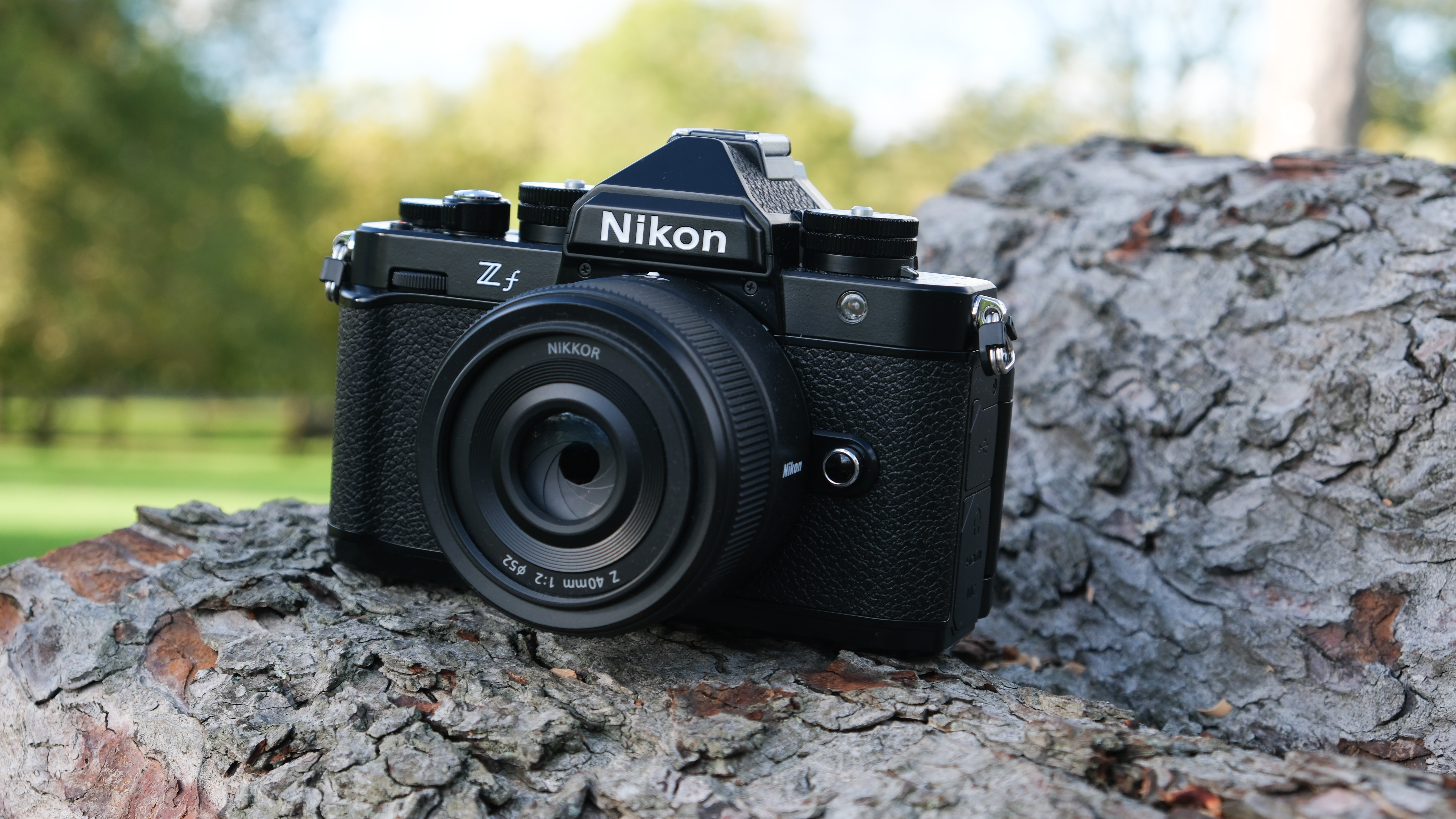
I find it hard to resist the best retro cameras. Call me old-fashioned, but the SLR cameras and the best rangefinder cameras of yesteryear were the coolest-looking cameras ever made. But from a practical standpoint, the best mirrorless cameras reign supreme. Thankfully, the likes of Fujifilm, Olympus, and Nikon provide the best of both worlds, offering a tactile shooting experience, seamlessly blended with cutting-edge tech.
And this isn't just the hobby horse of a few niche enthusiasts, like me. It's big business – the best retro cameras are really popular. Fujifilm basically turned its fortunes around by introducing its retro-style X-series of compacts and mirrorless cameras, the latest of which include the mighty Fujifilm X-T5 and the Fujifilm X100VI. The latter is so popular that most retailers only have it available on backorder, despite the fact it was launched back in February 2024!
Olympus has long catered to the retro-minded Micro Four Thirds crowd, with gorgeous-looking modern classics such as the Olympus Pen E-P7 and Olympus OM-D E-M10 Mark IV. But if it's a full-frame vintage camera you're after, look no further than the Nikon Zf. Not only does this pack the 'Big N's' coveted Z-Series tech, but it's the most faithful-looking retro camera on the market, borrowing its good looks directly from the legendary Nikon FM2.
My top overall pick is the Fujifilm X-T5. The 40-MP sensor is a major upgrade from the X-T4, it's also slightly smaller, making it a joy to travel with, and it has a pro-grade build. In fact, I love it so much that I bought one myself!
I should quickly note that I'm dealing exclusively with retro digital cameras here. If you want to go all the way with an analog film camera for an authentic vintage touch, our guide to the best film cameras is a good place to start; or, if your retro leanings are towards classic prints, then check out the best instant cameras.

Gareth is the Reviews Editor at Digital Camera World – and a big fan of retro cameras. Not only has he tested the cameras on this list, but has also ended up buying quite a few afterward. With several years of experience as a photographer and writer, he has learned a thing or two about cameras and the industry, which helps when choosing the best ones to recommend.
The Quick List
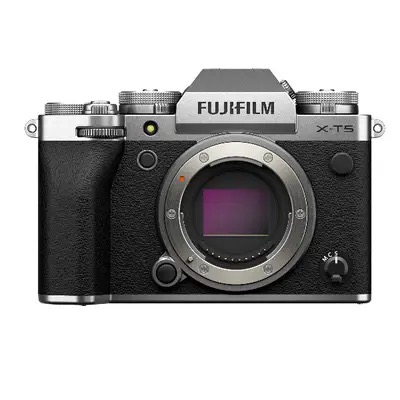
The Fujifilm X-T5 ticks all the boxes for both a retro camera, with its beautiful old-school looks and manual dials, but also the latest cutting-edge tech inside with a huge 40MP sensor.
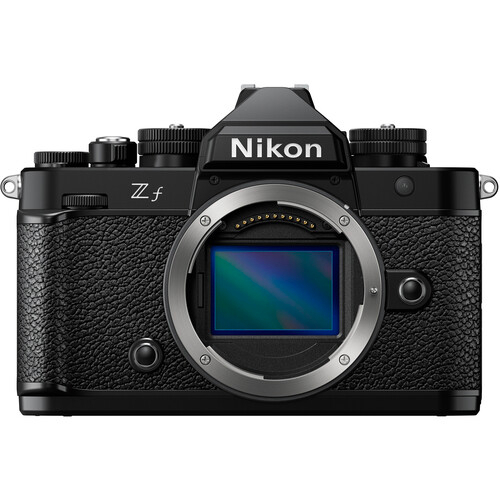
The Nikon Zf is the best full-frame vintage-looking camera you can get right now, with the smarts of Nikon's flagship cameras in the body that harks back to the analog Nikon FM2.
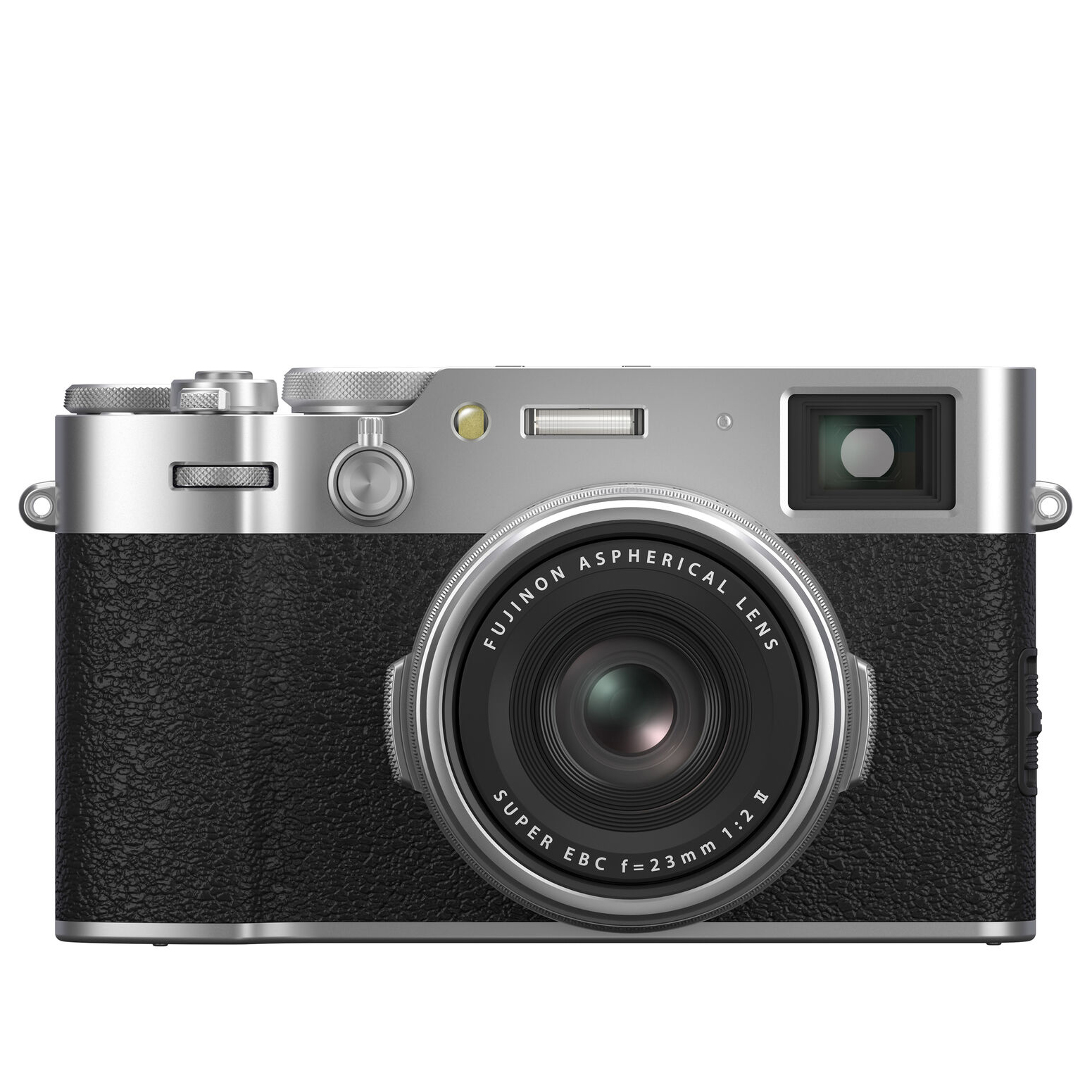
A two-in-one pick as the best retro compact camera and the best retro rangefinder. With Fujifilm's film simulations, you can easily and instantly give your photos a retro feel as well.
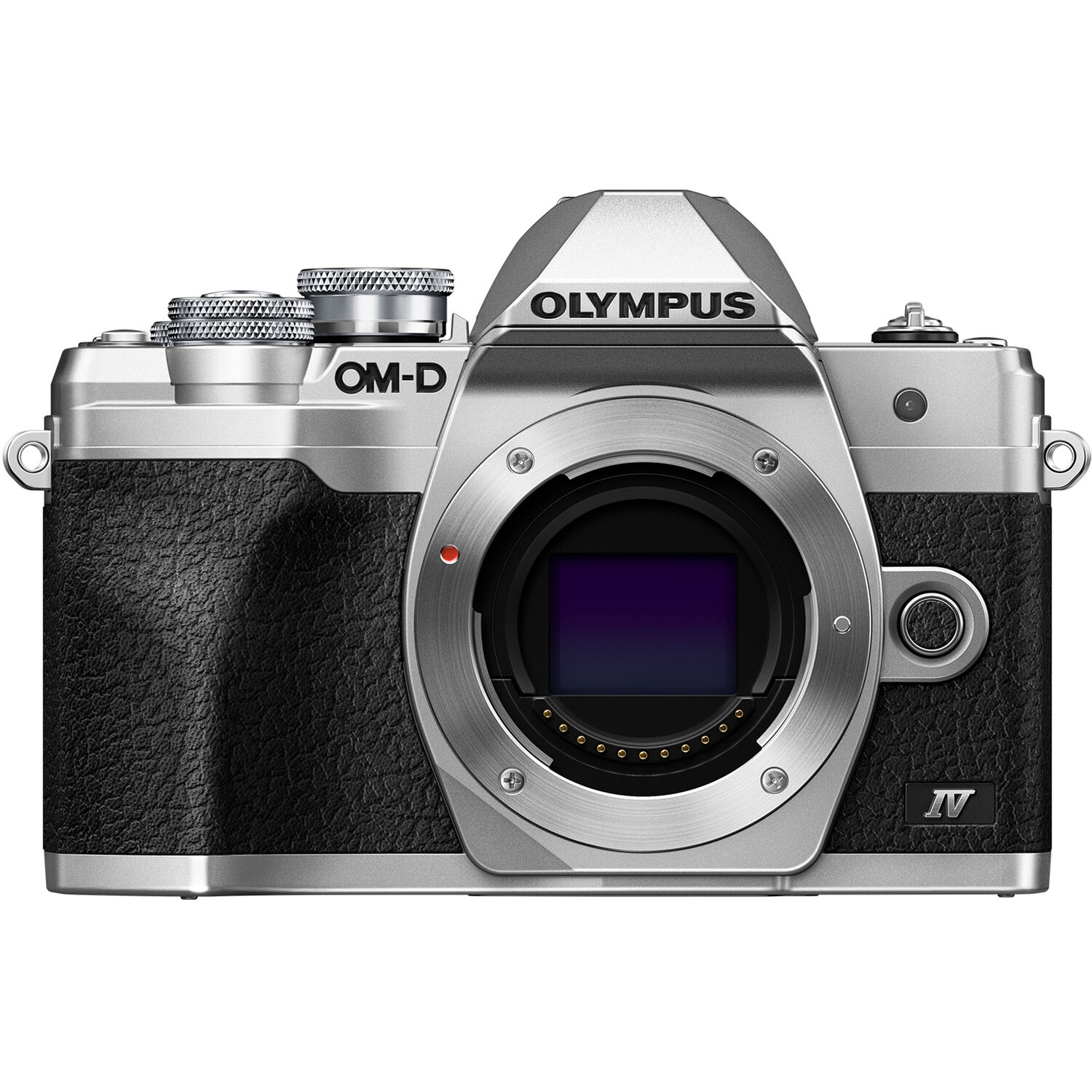
The Olympus OM-D E-M10 Mark IV offers the superb quality of the OM-D series into a beginner-friendly – and, crucially, affordable – camera body with a retro look.
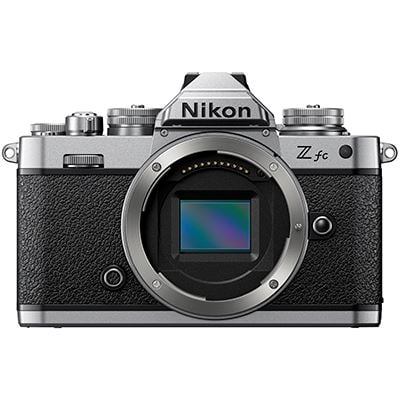
Nikon's first mirrorless take on a retro camera has proved very popular among those photographers who want the benefits of digital, but the aesthetics of analog.
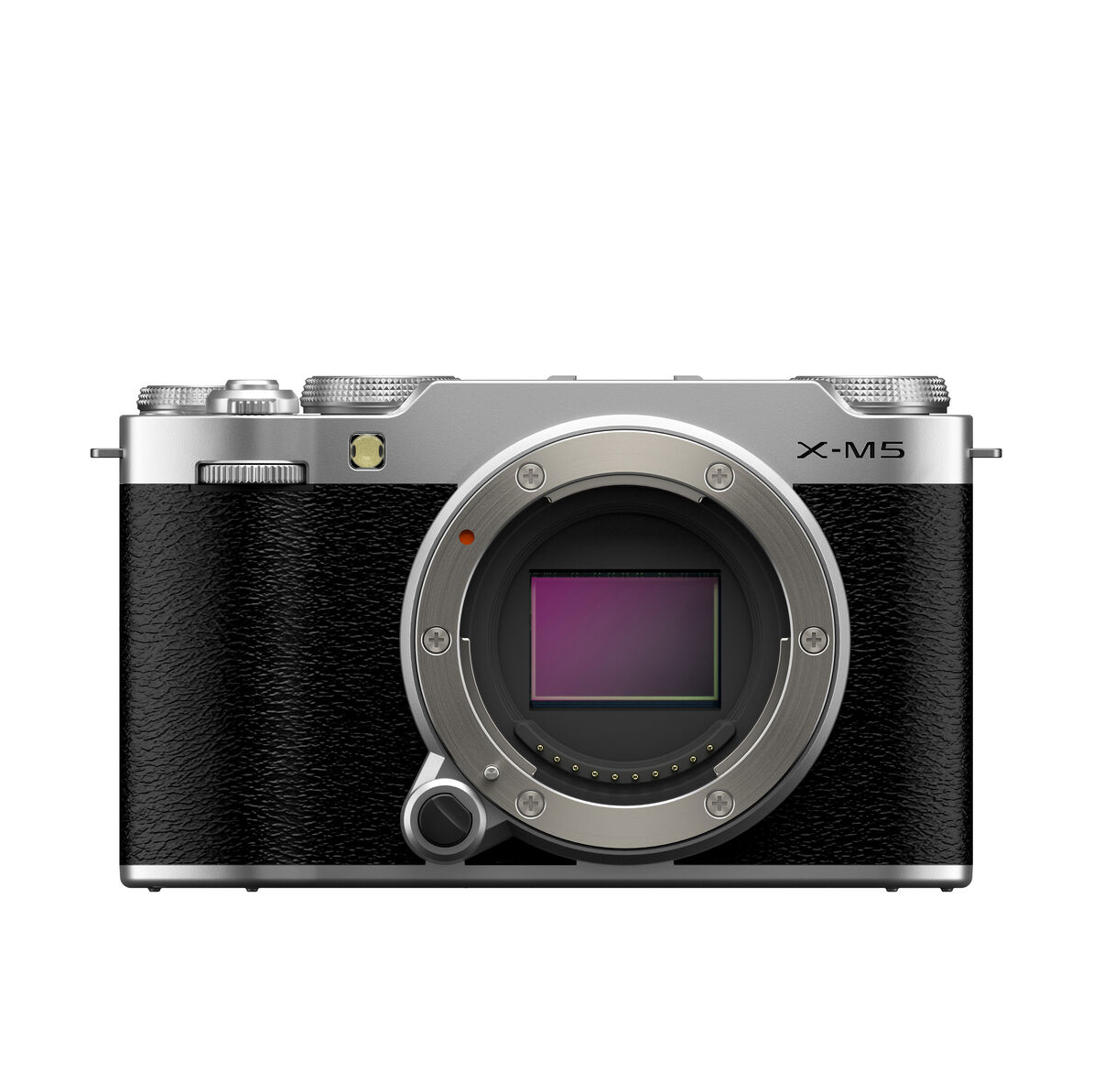
Small and affordable, and while it might lack a viewfinder for photographers, vloggers, and video shooters will find a lot to love in this tiny retro camera with incredible 6K open gate video.
View the full list...
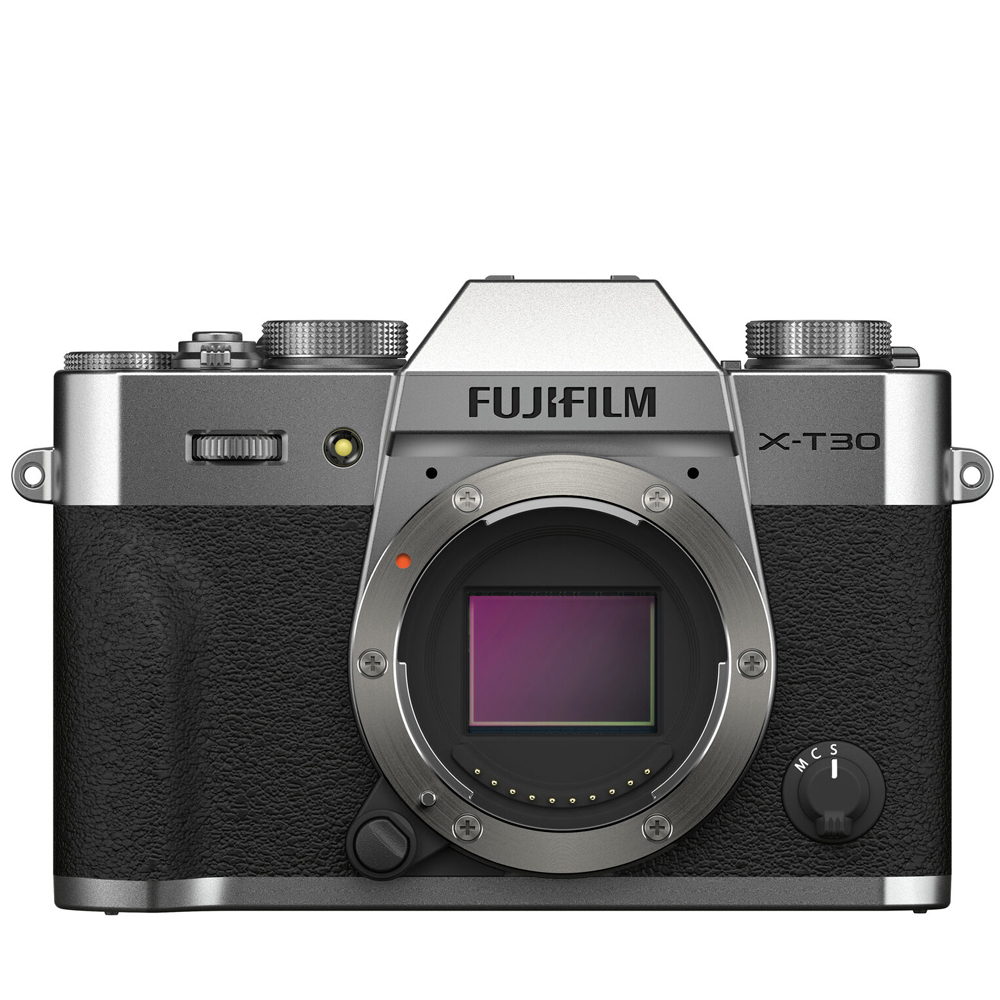
The Fujifilm X-T30 II looks like Fujifilm's X-T5 with its classic styling, but in a smaller, lighter and, most importantly, cheaper package.
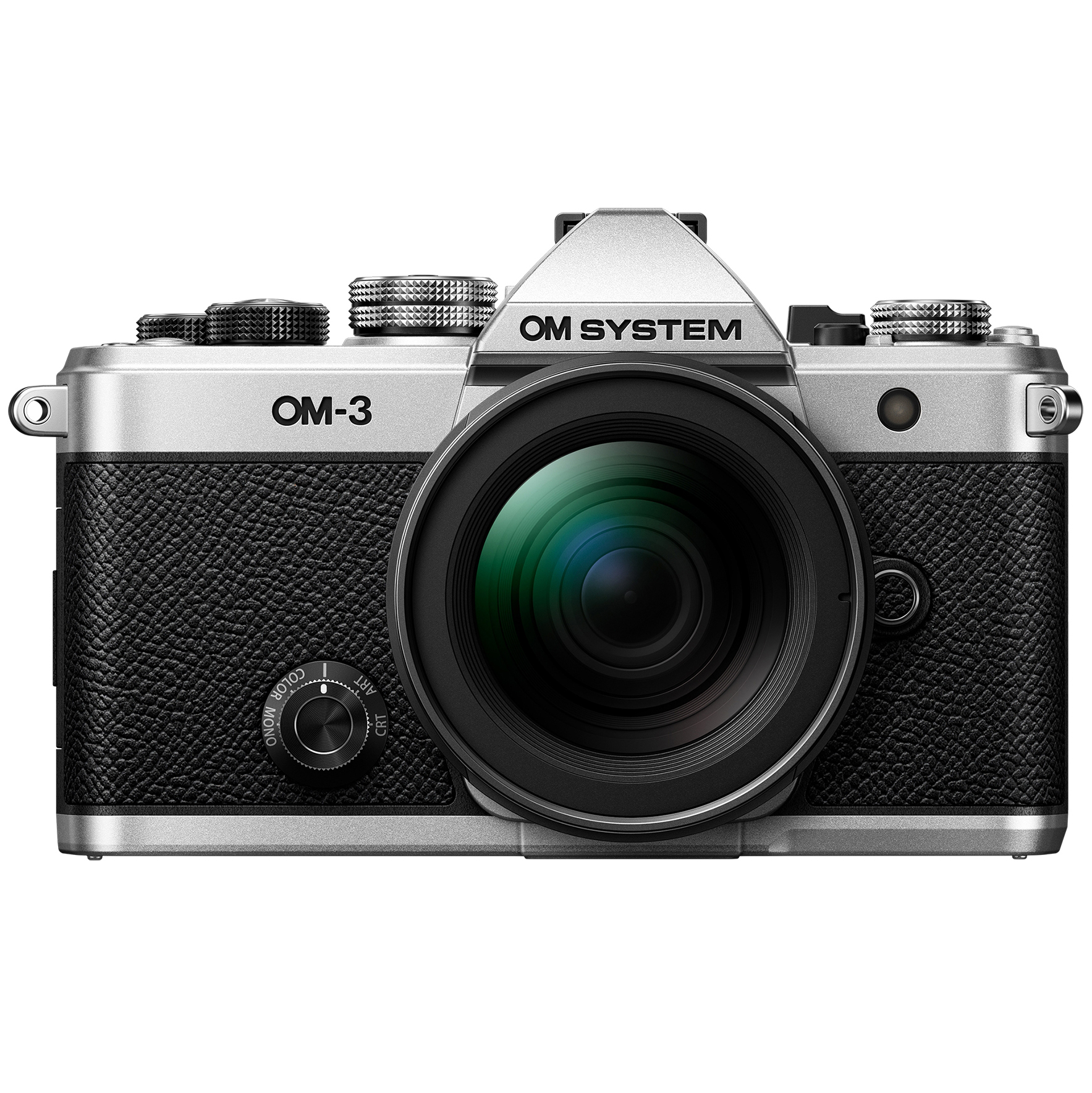
The OM System OM-3 is the long-awaited successor to the Olympus PEN-F, combining the OM-1 Mark II's power and advanced computational photography with the PEN-F's creativity and classic design.
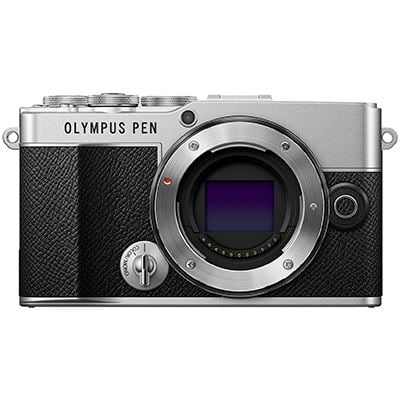
The Olympus Pen series of fashionable, retro-styled mirrorless cameras had lost its way somewhat in previous years, but came back with a bang with the Olympus Pen E-P7.
Best retro cameras: the full guide
Why you can trust Digital Camera World
Best retro camera overall
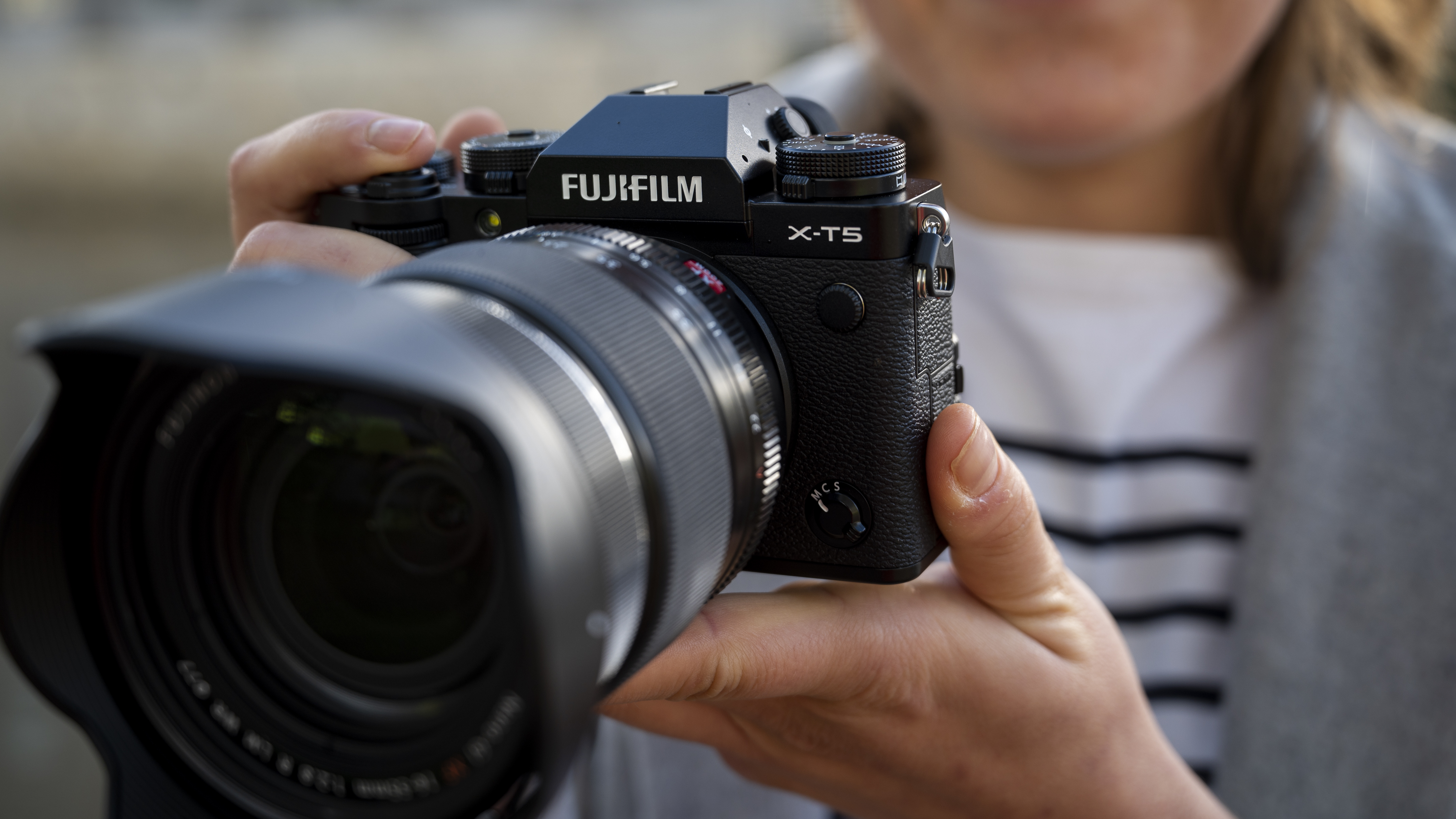
Specifications
Reasons to buy
Reasons to avoid
✅ You want a pro camera with retro style: the Fujifilm X-T5 isn't just a retro toy – it offers a wealth of photography tech, making it a great choice for pros too.
✅ You want a great selection of lenses: Fujifilm's lens lineup has tons of great options and, crucially, most lenses are very appropriately sized for its smaller cameras.
❌ You shoot a lot of pro video: the X-T5 is a photography-first camera, and while it does have impressive-sounding video specs on paper, there are much more capable video cameras.
❌ You want a bigger sensor: at 40MP, the X-T5 sensor has plenty of resolution, but if you prefer the light gathering and depth of field of a larger full-frame, the Nikon Zf is currently the best option.
Now, I freely admit I have a bit of a vintage film camera obsession. So, it's no surprise that Fujifilm's X-T series caught my eye right away – that classic camera look, straight out of the good ol' film days. The X-T5 keeps that vibe alive with physical dials on top for shutter speed and ISO that you can adjust with the flick of a finger. But don't be fooled by the retro charm: this little camera packs a modern tech punch.
After putting the X-T5 through its paces, I was so impressed by the image quality, video capabilities, design, and build – all packed into such a compact and lightweight body – that I ended up buying one myself!
Just like its flagship X-H2 sibling, the X-T5 features an APS-C sensor with a whopping 40.2MP resolution. For anyone who thinks APS-C sensors are somehow inferior to full-frame, well, the X-T5 is here to prove them wrong, as the photos are stunning.
It can also shoot impressive 10-bit 4:2:2 video at 6.2K/30P (although slightly disappointingly at a crop), and has built-in image stabilization for shake-free shots, plus a tilting touchscreen for composing from low angles. This is a camera that both serious photographers and keen enthusiasts can appreciate.
If the classic look with dials has you smitten but the price tag gives you pause, then the Fujifilm X-T30 II (you'll find it featured further down) might be a good option. It keeps the retro aesthetic with dials, but with a lower-resolution sensor and less processing power compared with the X-T5.
Features | High-resolution, IBIS, 6K video: Fujifilm packed a lot into this retro body | ★★★★★ |
Design | Beautiful styling, although some might take issue that the screen does not rotate | ★★★★☆ |
Performance | Fantastic image quality and exceptional subject-detect autofocus | ★★★★★ |
Value | Excellent value for its comprehensive spec sheet; it undercuts a lot of similar rivals | ★★★★★ |
Read more: Fujifilm X-T5 review
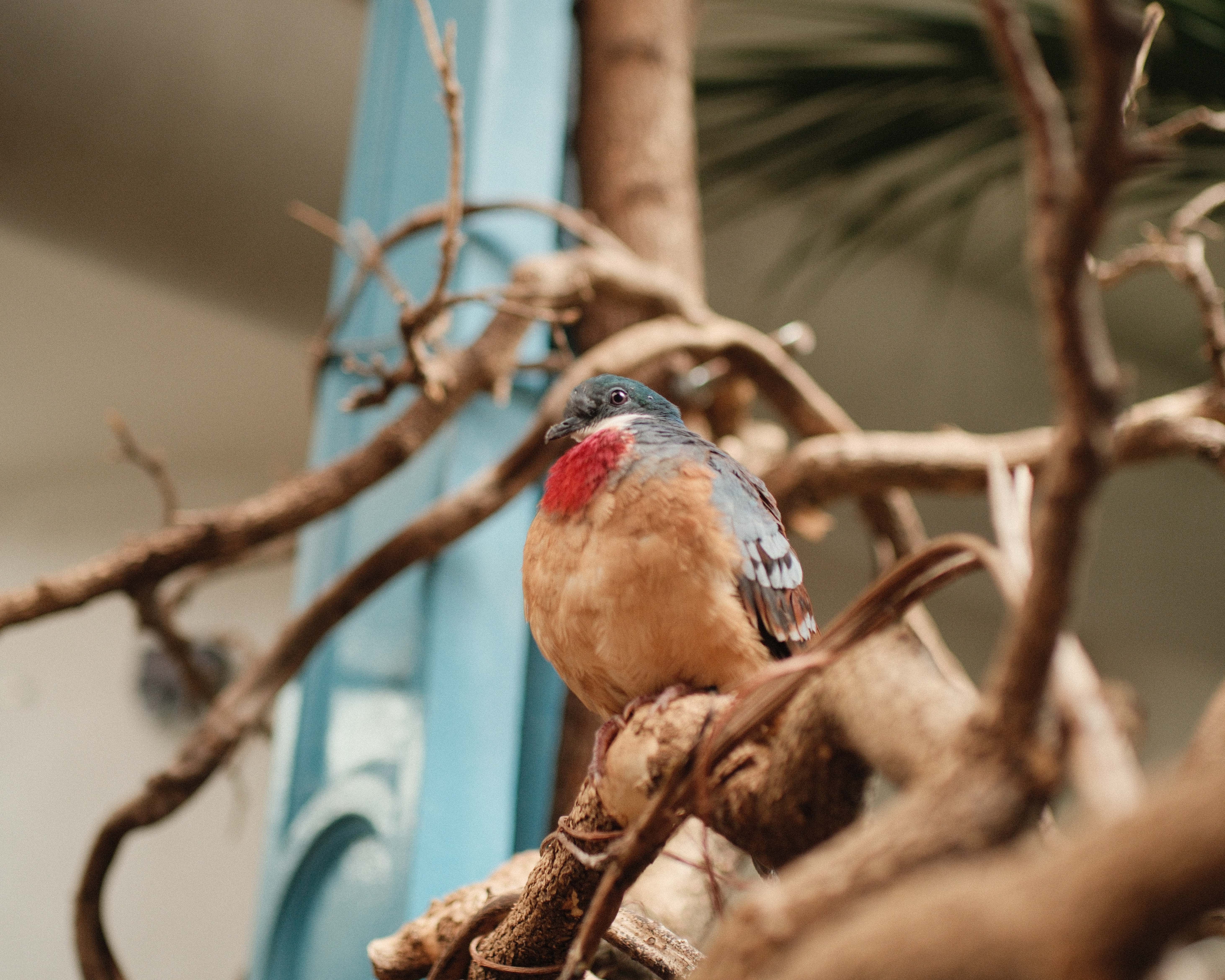
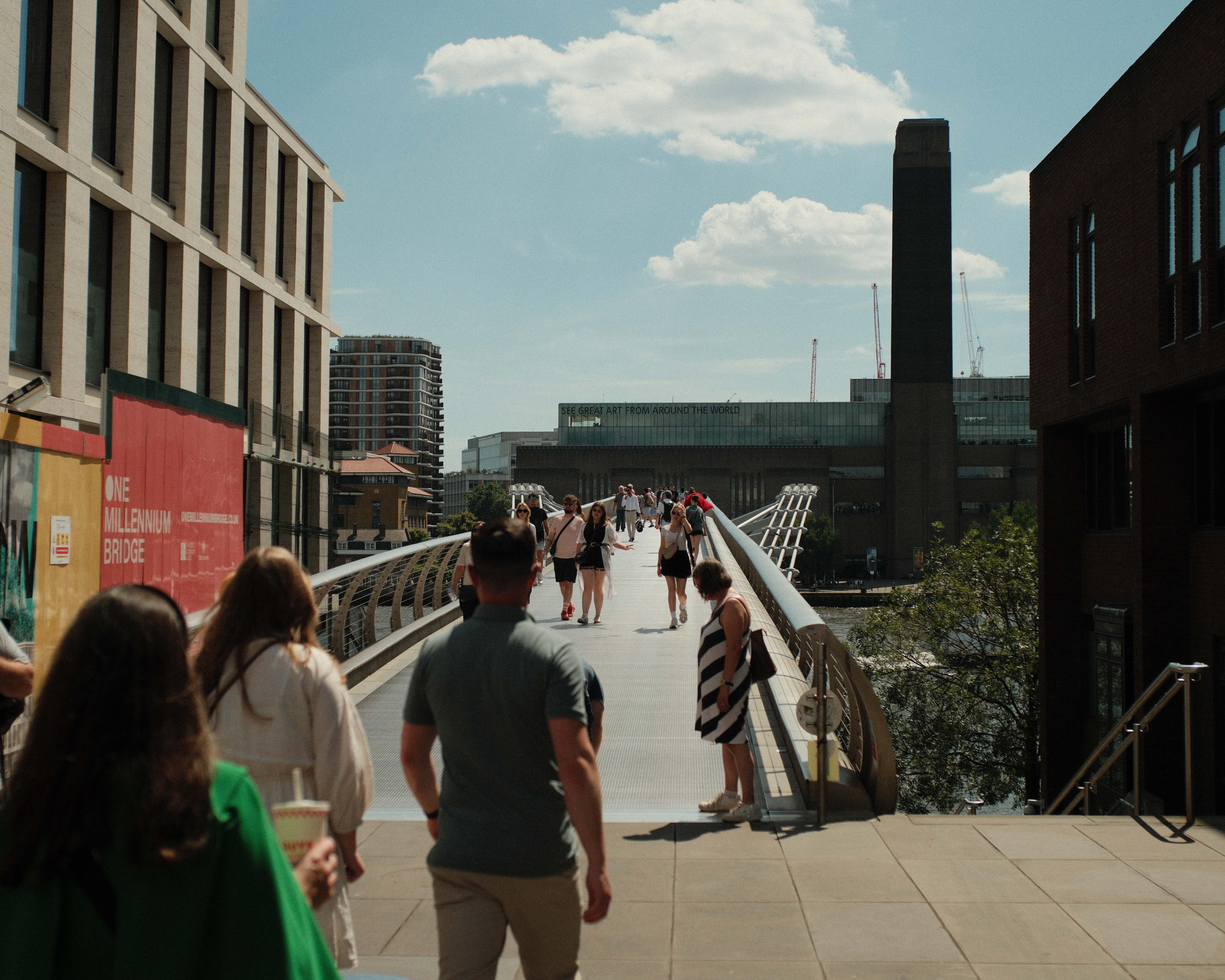

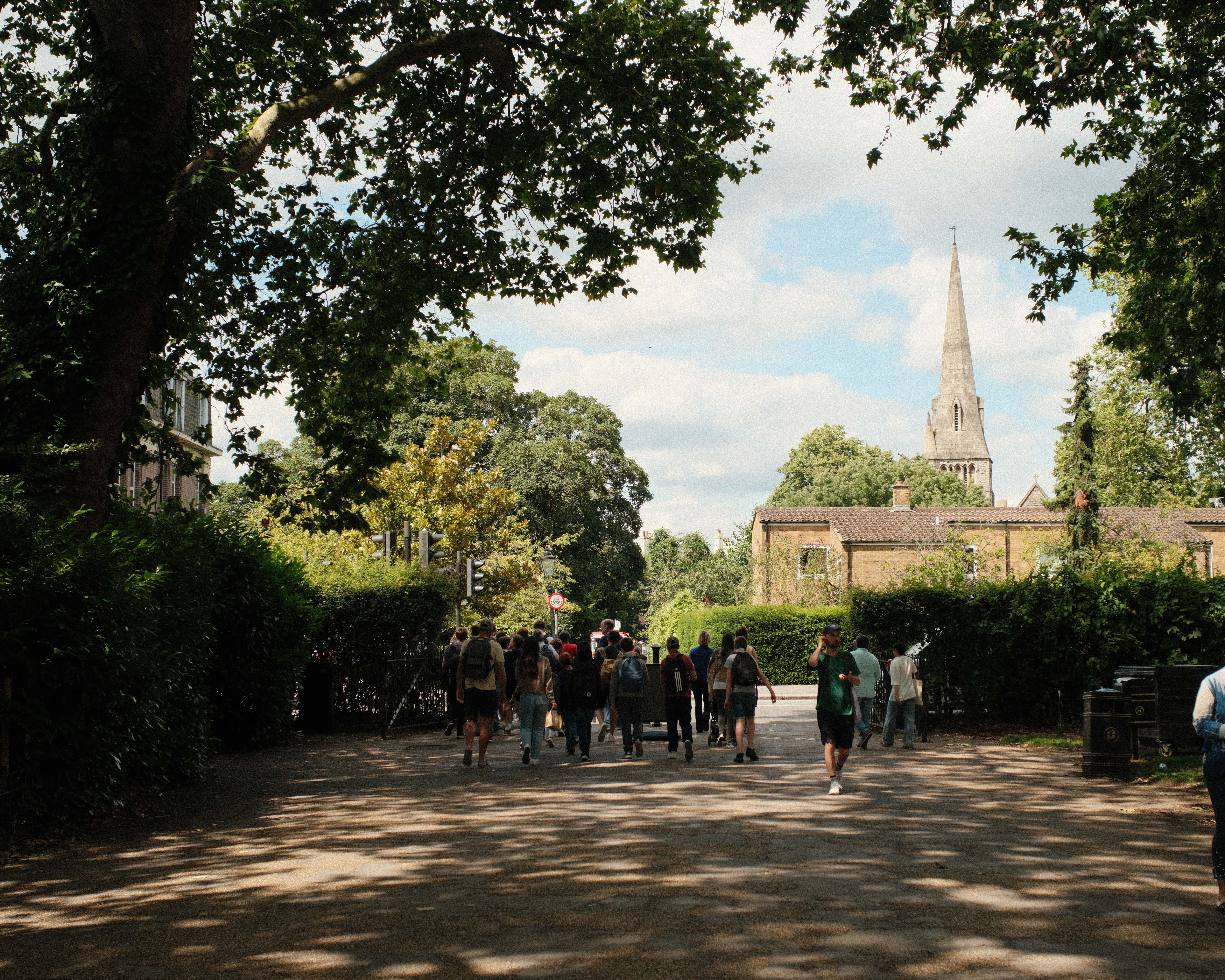

Best full-frame retro camera
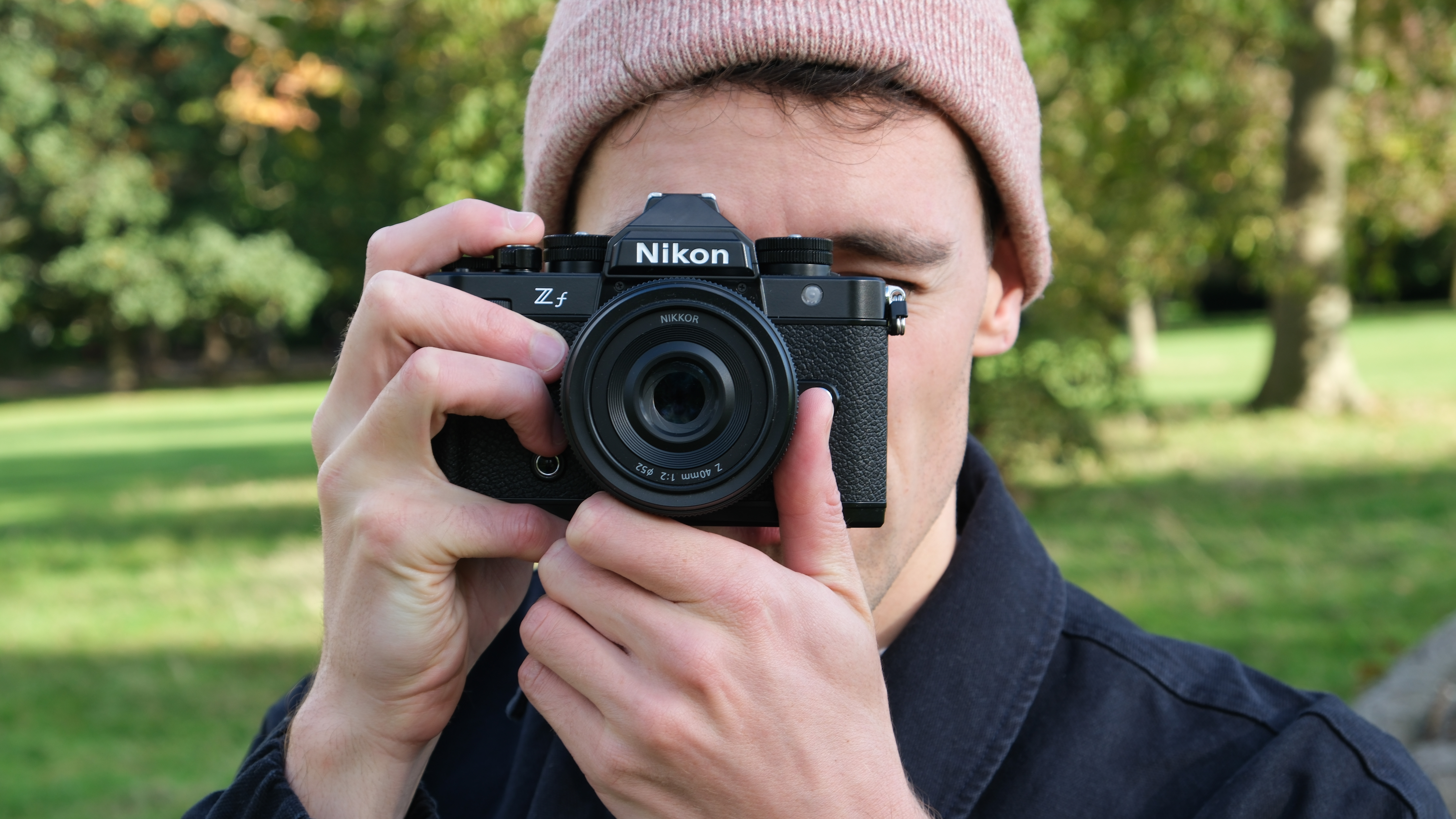
Specifications
Reasons to buy
Reasons to avoid
✅ You want a big sensor retro camera: the APS-C vs full-frame debate rages on – but currently, the Nikon Zf is the best retro camera if a full-frame sensor is important to you.
✅ You want a real-deal retro camera: where retro looks inspire other cameras on this list, the Zf is actually modeled from the design of the classic Nikon FM2.
❌ You want matching lenses: the biggest flaw with the Nikon Zf is that Nikon has only a couple of retro-inspired lenses to match the camera.
❌ You use big lenses: the Nikon Zf is not very comfortable to hold for long periods without an additional grip adapter, especially when paired with big lenses.
If you are a fan of film cameras, then you can't really get any more retro than the Nikon Zf. The design is a reincarnation of the Nikon FM2 from 1982, and is sure to immediately win over any vintage camera enthusiasts.
Nikon has also nailed the feel of a vintage camera as well in its choice of materials. While the Nikon Z fc was a nice taster, the Zf body takes everything up a notch, with a better build quality featuring more substantial and robust brass dials, and a weighty feel, reminiscent of the iconic Nikon FM2 that served as its inspiration. From the moment I laid my hands on this camera, I was a bit smitten.
However, the design does have downsides: I found that the Zf’s minimal grip is uncomfortable to hold for long periods. Also, there is a lack of Nikon vintage-style lenses natively for the Z mount: this limits you to modern-looking Nikon lenses, or old Nikon lenses via a mount adapter, which spoils the aesthetic somewhat.
But the Nikon Zf is a great camera when it comes to actually taking photos and videos! Internally, this is the closest to a new Z6 III right now, with its 24MP full-frame sensor and Nikon's cutting-edge Expeed 7 processor. The Zf offers much better autofocus and subject tracking, as well as solid 4K video performance.
Features | A retro body hides a large full-frame sensor offering 24MP photos and 4K video | ★★★★★ |
Design | Stunning camera, but there are some issues with the shallow grip and lack of retro lenses | ★★★★☆ |
Performance | Reliable Nikon image and video quality, with cutting-edge autofocus and tracking | ★★★★★ |
Value | That full sensor costs, as this is one of the more expensive options in retro cameras | ★★★★☆ |
Read more: Nikon Zf review
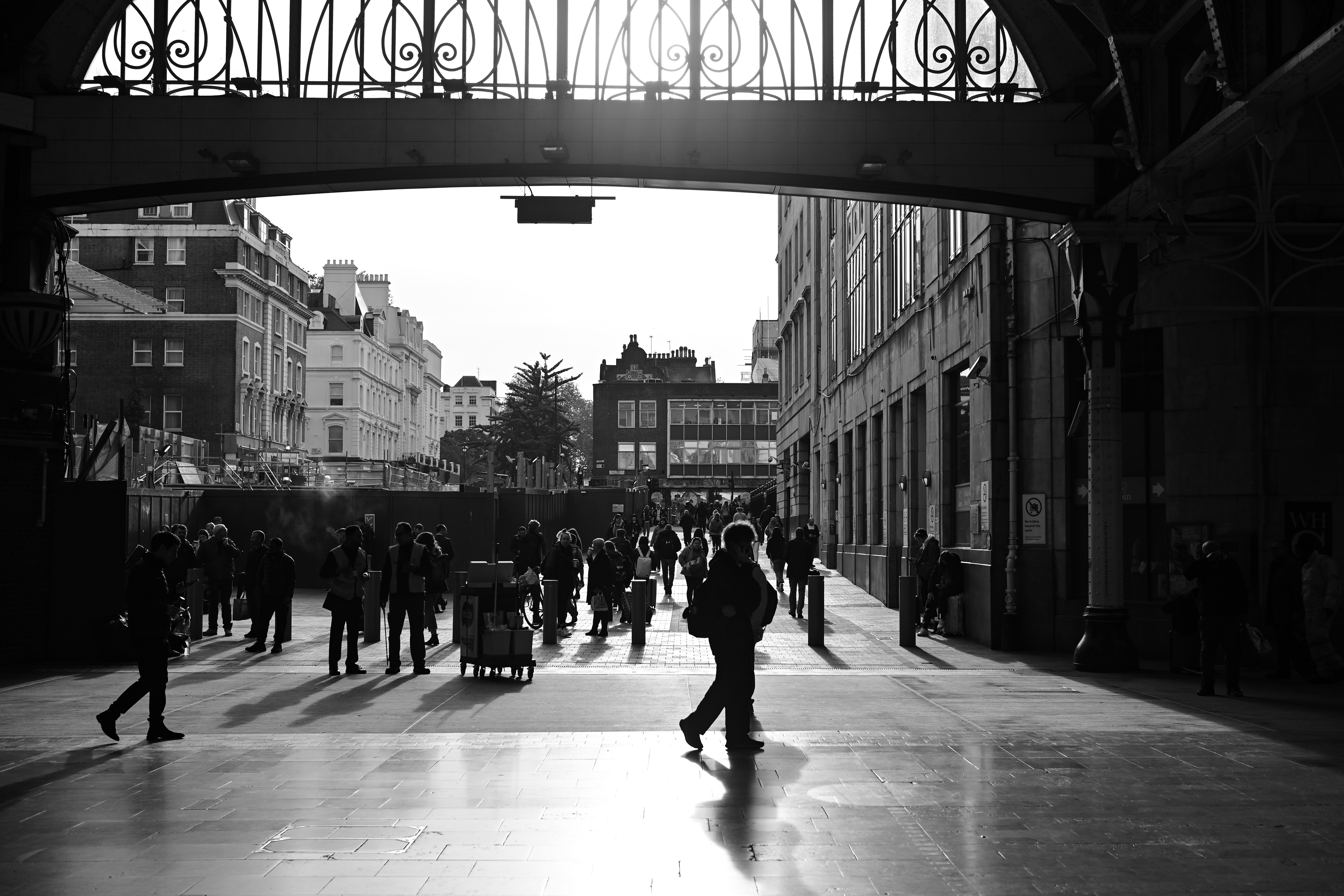
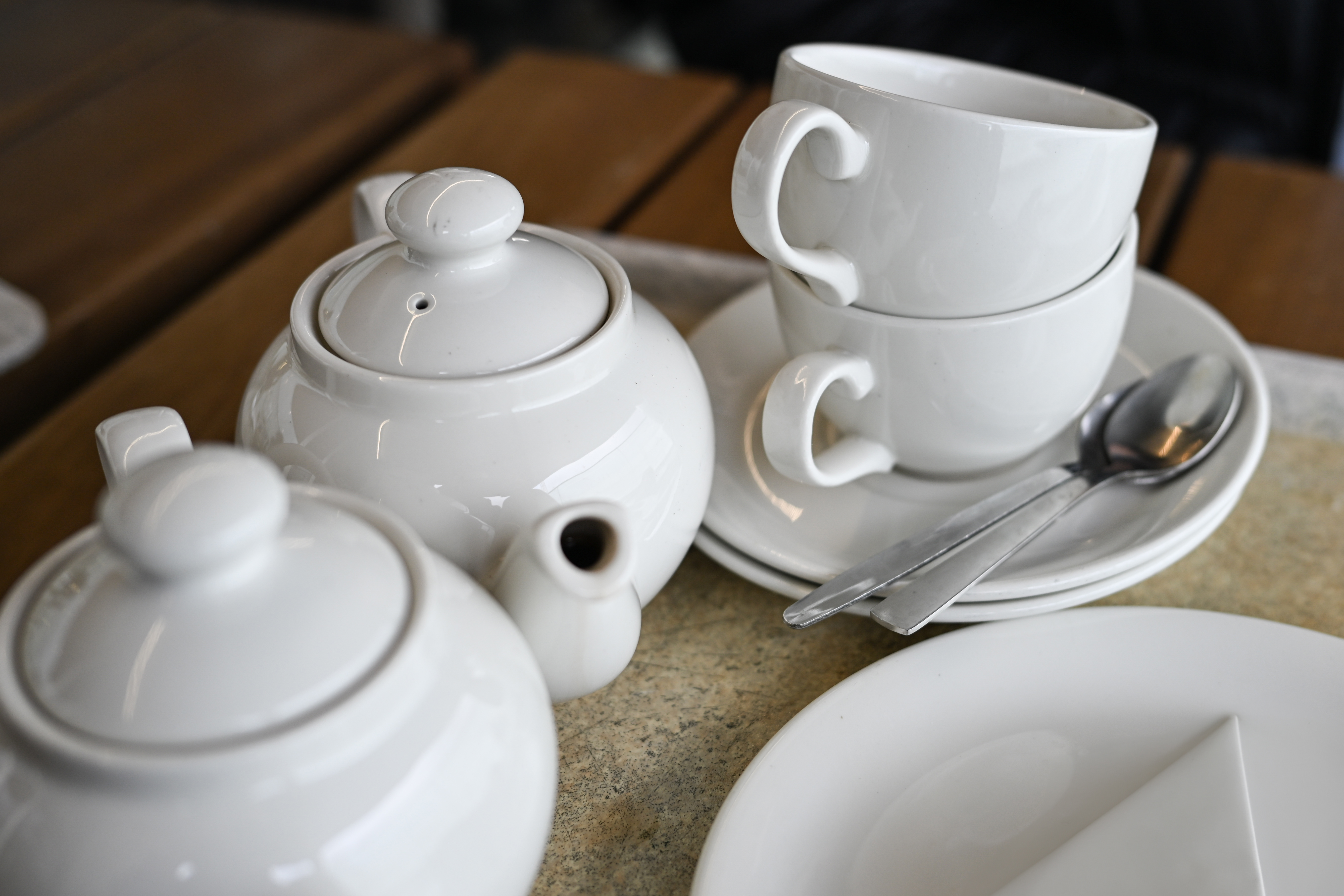

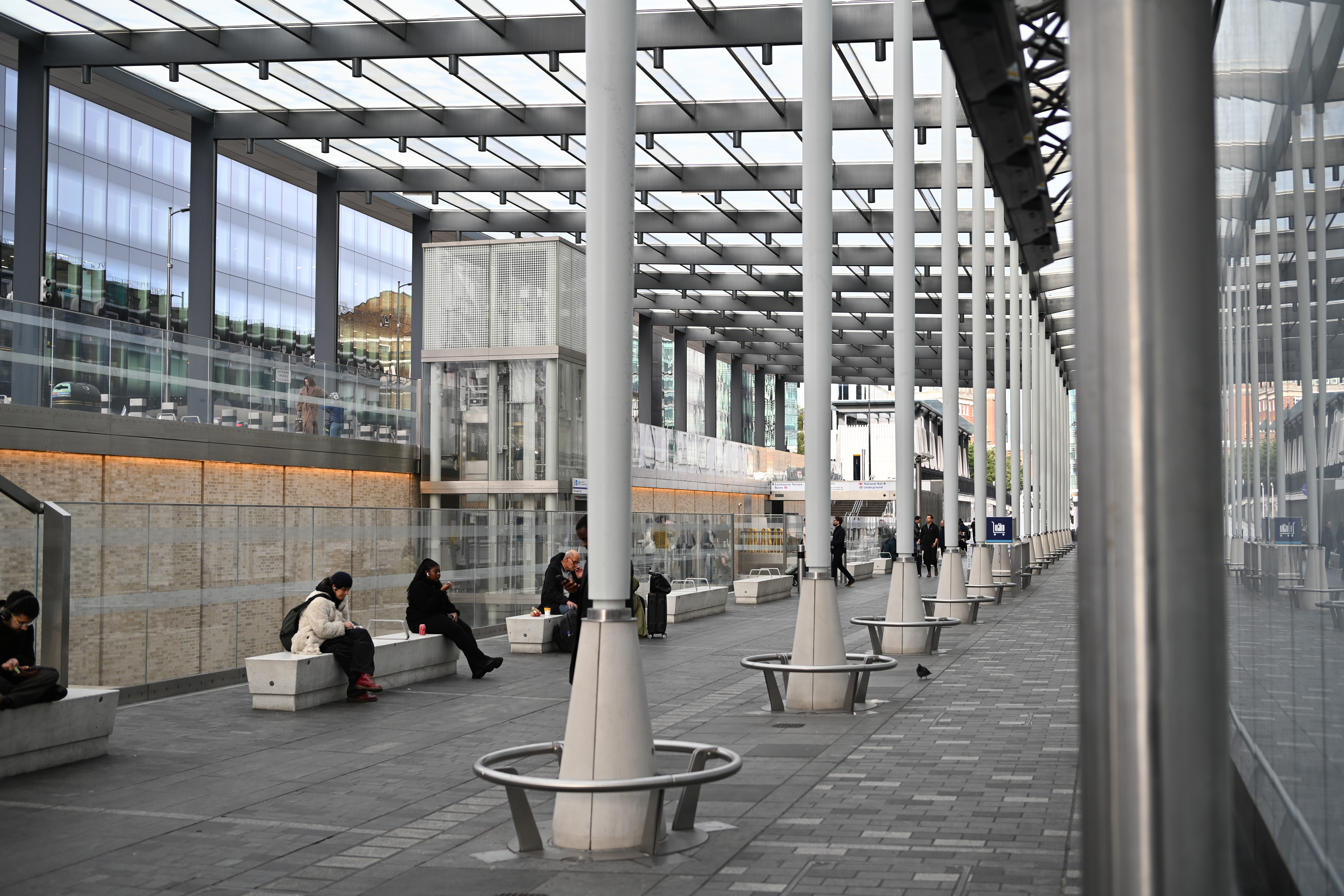

Best retro compact camera
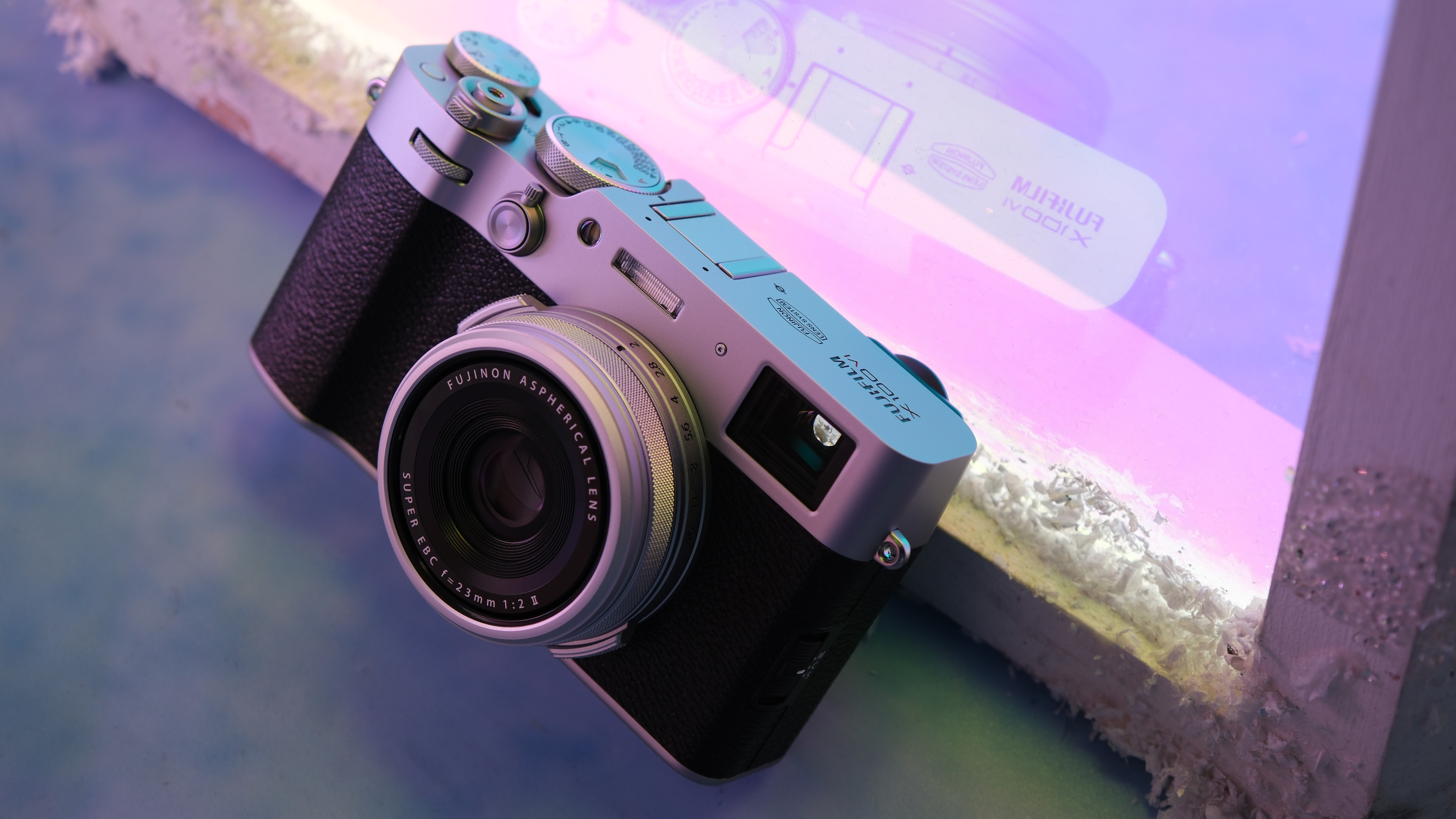
Specifications
Reasons to buy
Reasons to avoid
✅ You want a compact camera: if you want a camera that can just slip effortlessly into a large pocket or bag, then the X100VI is perfect.
✅ You love a rangefinder design: the X100 series is one of a few modern rangefinder cameras, which means you still get a (hybrid) optical viewfinder.
❌ You want to shoot at different focal lengths: the fixed-lens nature of this camera means you are stuck with a 23mm focal length. There are adapters available to alter the perceived focal length, but they are expensive, with varying results.
❌ You shoot a lot of video: the X100VI is capable of good 6K video, but the fixed lens, slow readout and two-way tilting screen limit vlogging and recording from awkward angles.
Fujifilm's X100 series is what started the Fujifilm X retro revolution.These prime-lens compacts have been enduringly popular for more than a decade – and never more so than right now. The X100VI is the latest evolution of the winning combination of stunning retro rangefinder design with dial-led controls, a big (for a compact camera) APS-C sensor, and a sharp 35mm equivalent prime lens, all of which have been the foundation of the series since its beginnings.
The X100VI takes things one step further. I really appreciated the bigger sensor paired with in-body image stabilization and more comprehensive autofocus, which makes images from the X100VI even better than the very high bar already set by its predecessor. The X100VI produces superb images straight out of the camera, and extra features, like optional converters for altering the lens’s field of view, expand the possibilities of the X100VI beyond a humble compact camera.
But its party piece, like many FujiFilm cameras, is the ability to use retro-inspired film simulations, or 'recipes' as the expansive Fujifilm enthusiast community calls them, to mimic analog film. The downside to this premium camera is it comes at a luxury price, but try one out and you’ll see why so many photographers (including me) have fallen for an X100 series camera’s charms.
Features | 40MP sensor backed up by Fuji's film simulations, 6.2K video and IBIS all improve on the previous model | ★★★★★ |
Design | Beautiful and well-built body with the star being the excellent hybrid viewfinder | ★★★★★ |
Performance | Fantastic photo quality from the 40MP sensor and new IBIS system | ★★★★★ |
Value | Build quality is top-notch, but that means it costs a premium price | ★★★★☆ |
Read more: Fujifilm X100VI review

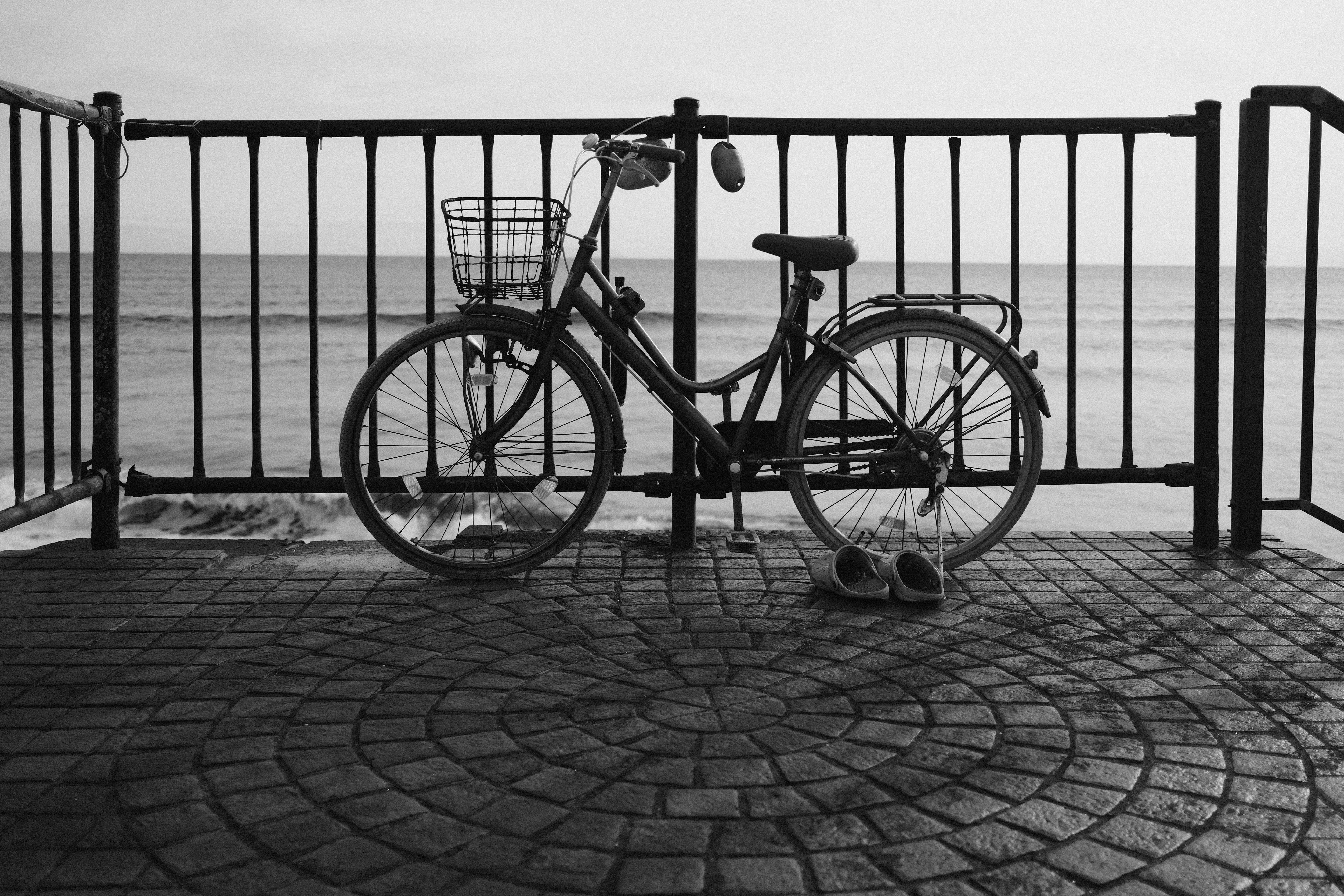
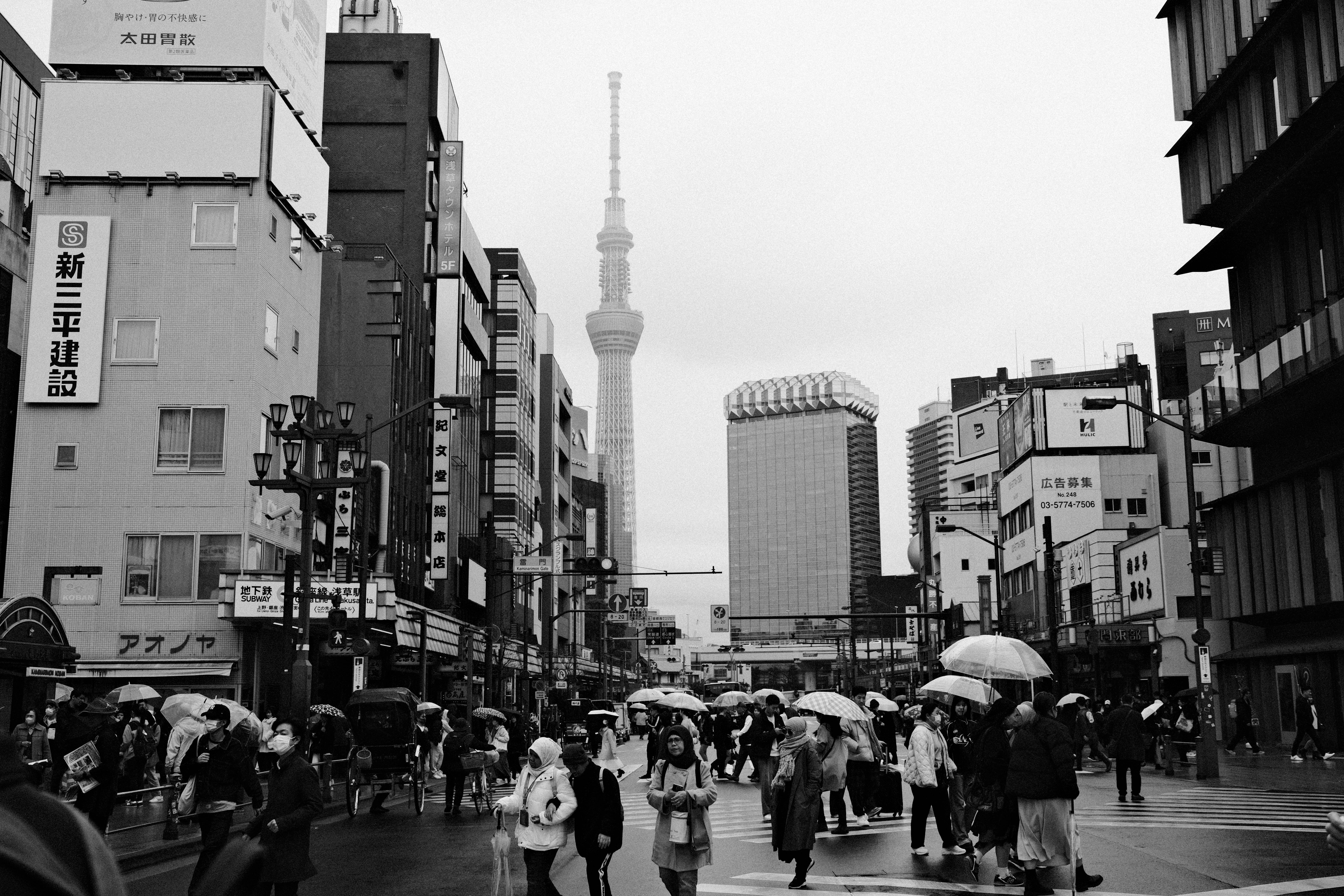
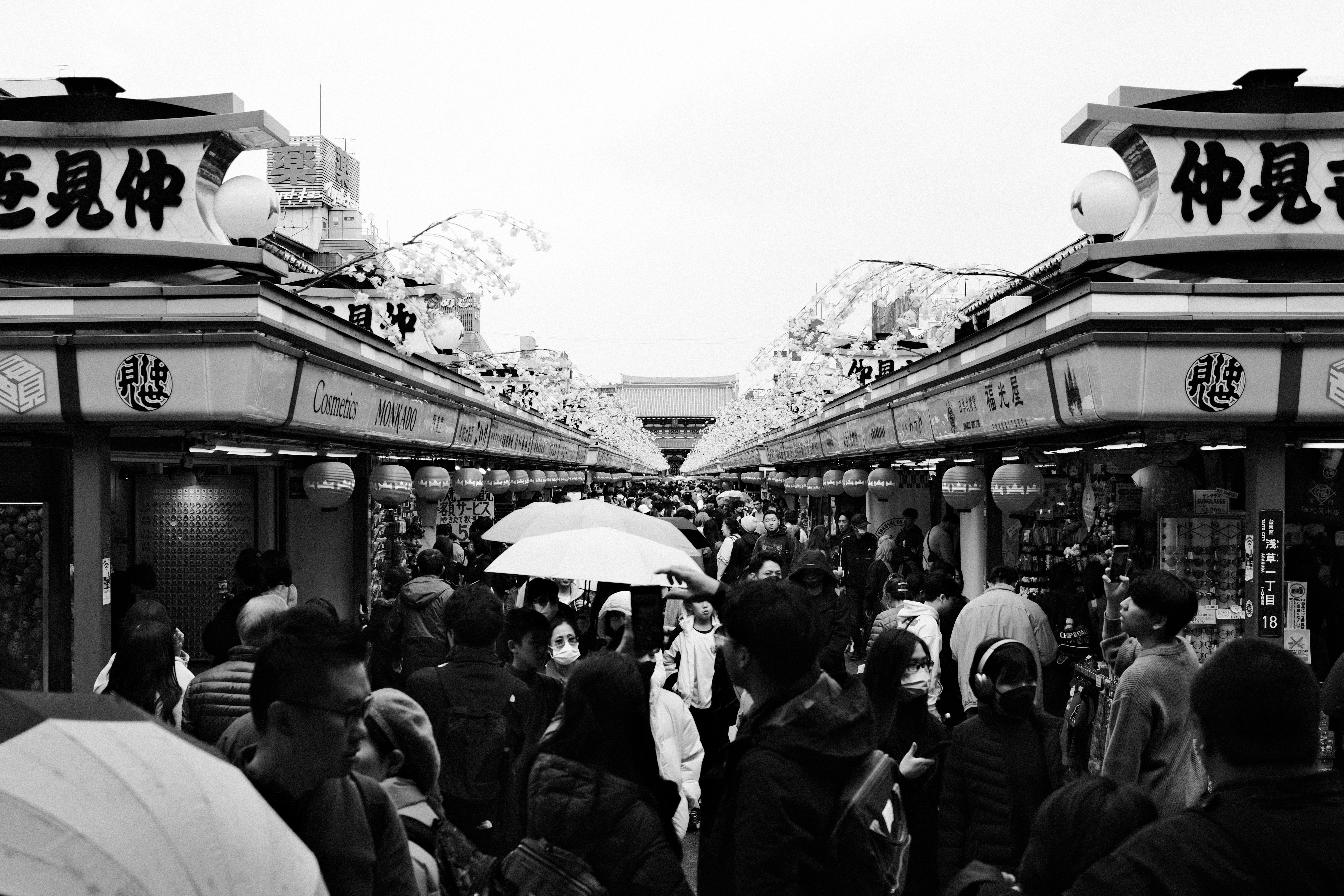
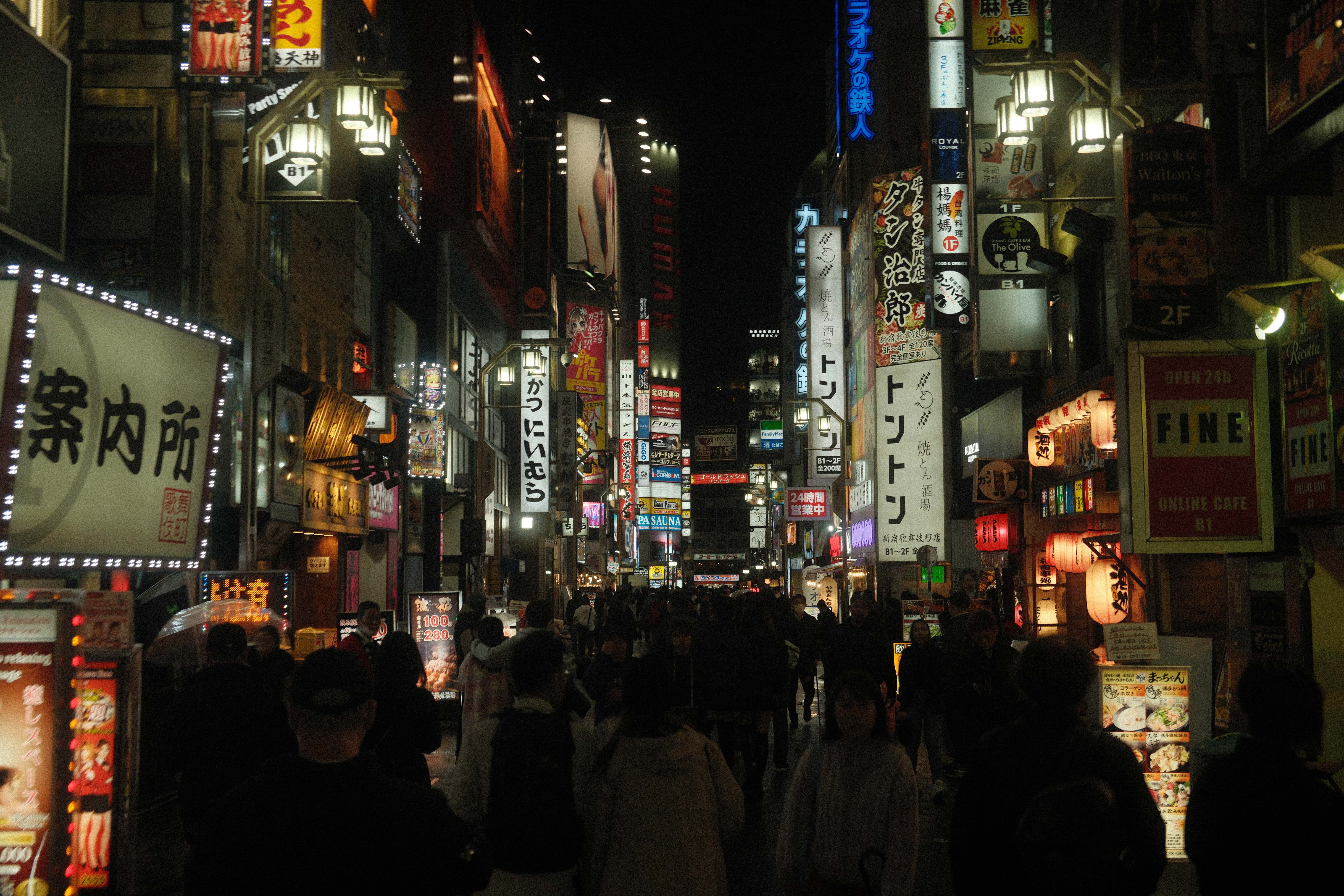
Best retro camera for price
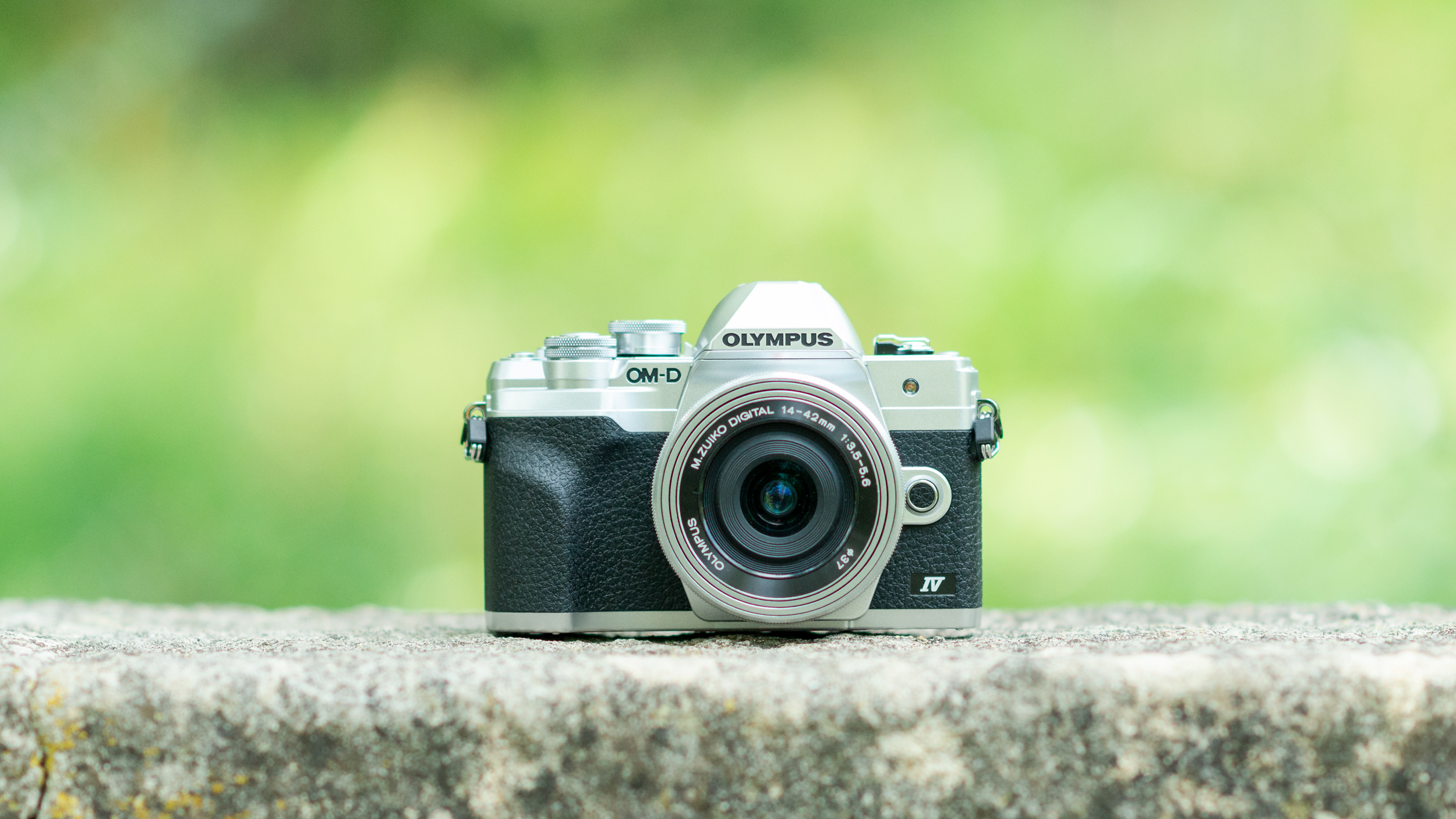
Specifications
Reasons to buy
Reasons to avoid
✅ You want a retro look for less: if you want a camera that fulfills the retro style but doesn't break the bank, then the E-M10 offers a lot of value.
✅ You own MFT lenses: the open nature of the MTF mount means that if you own lenses from Panasonic or any number of MTF manufacturers, they will work on the E-M10.
❌ You want retro materials: the camera is a little plasticky rather than the solid metal construction of vintage cameras, and there are better-made options on this list.
❌ You love to crop: the 20MP sensor on the E-M10 is fine for full-sized photos for social media, although it limits your ability to crop images without losing detail.
This might not be the newest camera on this list, but that doesn't matter: I am still a big fan of the Olympus OM-D E-M10 Mark IV.
It brings the superb quality from the OM-D series into a beginner-friendly – and, crucially, much more affordable – camera body, and does it all with retro style. The top plate, adorned with classic dials, offers that wonderful tactile experience of manual shooting, a feature that almost landed it a spot in our ‘real-deal retro category.
This is the fourth iteration in the E-M10 lineup, and it really doesn't claim to be a revolutionary game-changer – but what it lacks in groundbreaking features, it more than makes up for in thoughtful refinements.
Our reviewer was thoroughly impressed by the camera's capabilities, with a superb 20MP sensor that delivers crisp, detailed and vibrant images, and holds its own with impressive, if not class-leading, 4K video. For those always on the go, the E-M10 IV shines with its highly responsive continuous autofocus – perfect for capturing fleeting moments during your travels.
Unlike some of its vintage-style counterparts, the E-M10 IV is priced to please, making it the most accessible option on this list for any retro photography enthusiasts without deep pockets.
Features | Compact body, five-axis image stabilization and 4K video capability make this a great all-round camera | ★★★★★ |
Design | Designed in the classic retro style, but its low cost is shown in the cheaper-feeling construction | ★★★★☆ |
Performance | Image and video quality are great, and OM’s IBIS shines, although 20MP is low by comparison | ★★★★☆ |
Value | There is so much included in this camera for an incredibly low price – the best-value camera on this list | ★★★★★ |
Read more: Olympus OM-D E-M10 Mark IV review

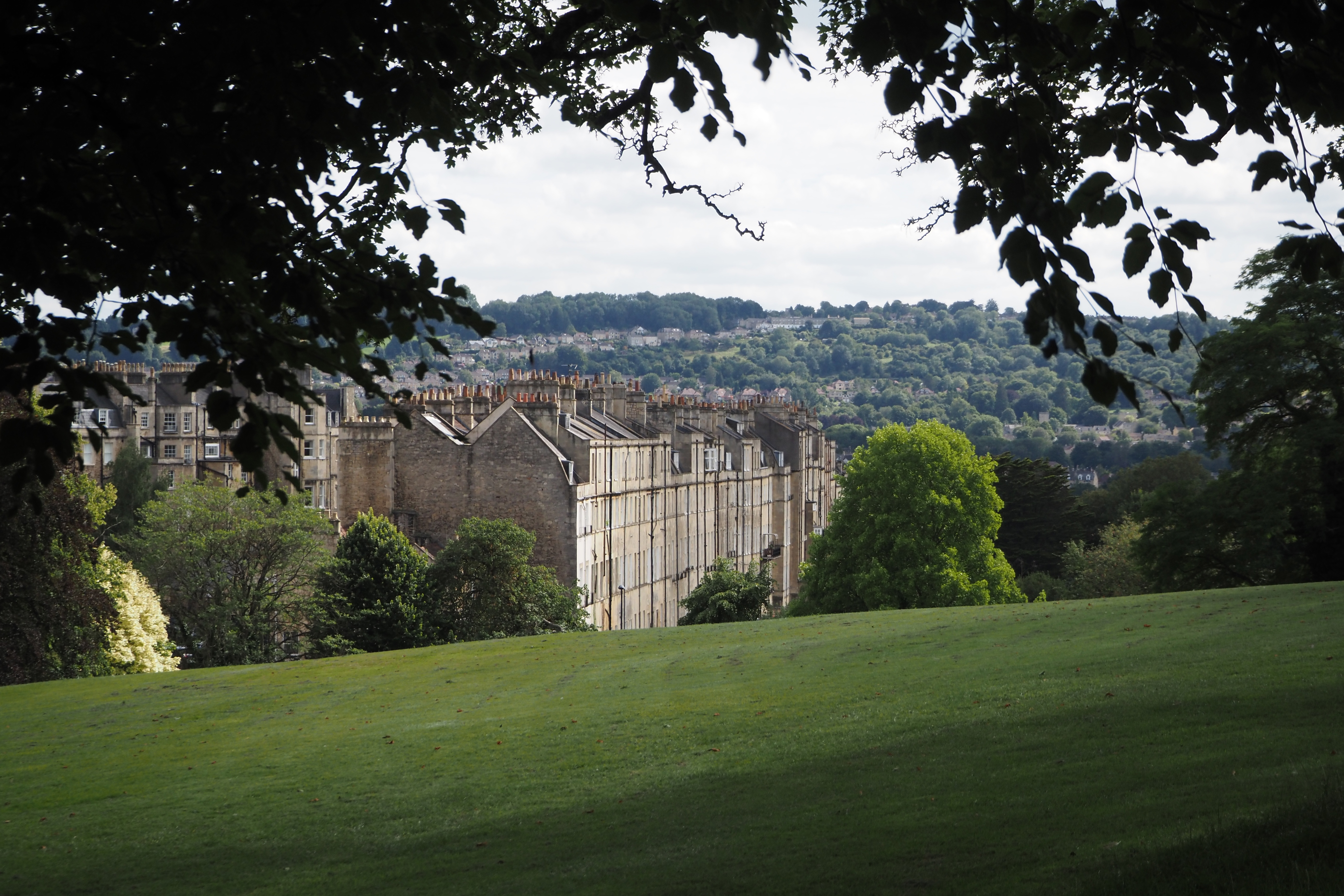

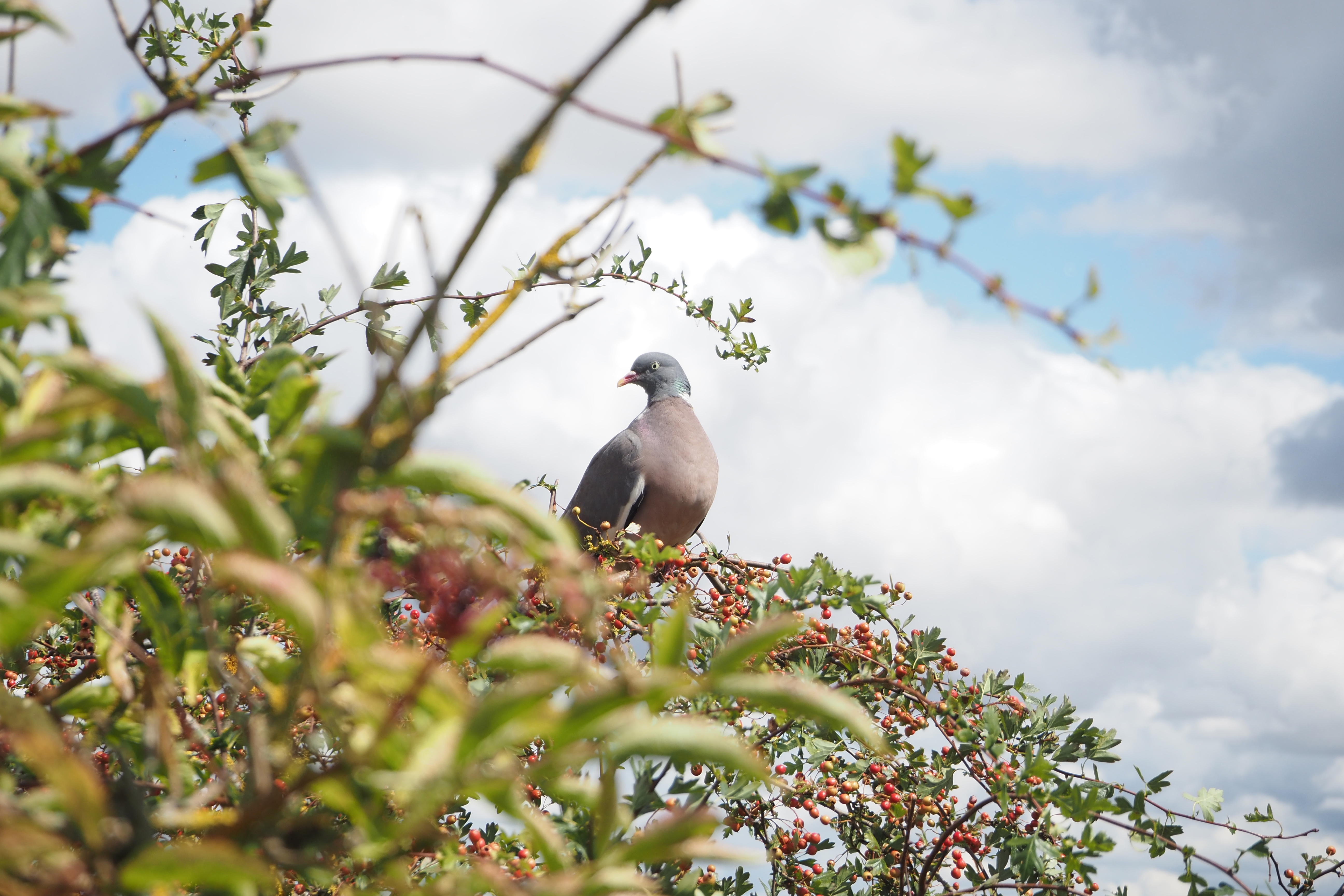

Best beginner retro camera
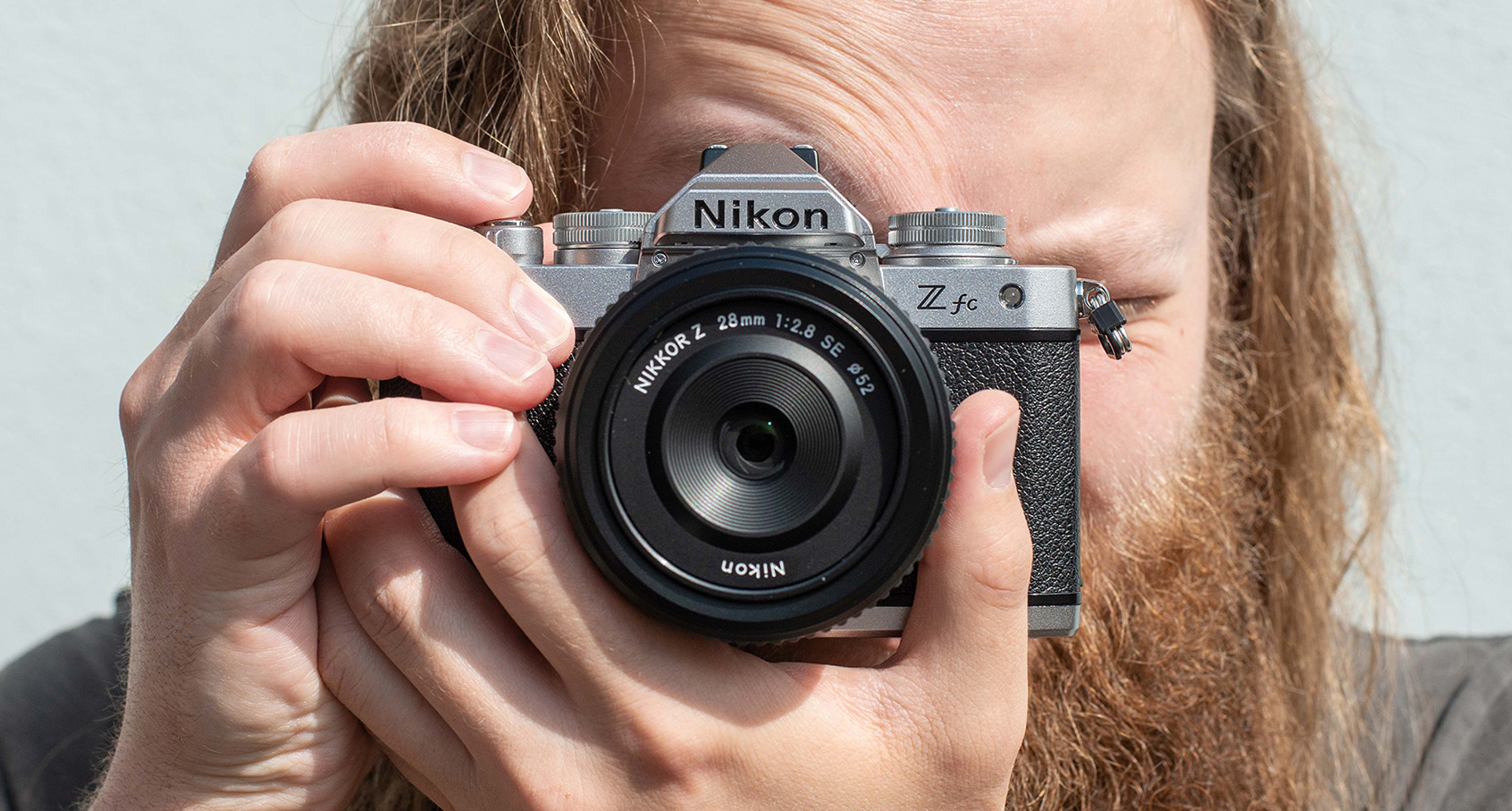
Specifications
Reasons to buy
Reasons to avoid
✅ You want an easy-to-use camera: if you are looking for a camera that is simple to use, the Z fc is an excellent automatic camera, and you can start using the dials when you're ready.
✅ You already own Nikon lenses: if you own another Nikon Z camera already, then you already have a head start on kitting out the Z fc, saving some cash down the line.
❌ You want the full retro look: the Nikon Z fc is held back by a lack of retro-inspired lenses from Nikon. Although there are good third-party options if you want the full look.
❌ You want the best value: the Nikon Z50 is essentially the same camera, although without the retro look, but the Z fc will cost you more.
In 2013, Nikon took a stab at a digital camera with a vintage twist with the Nikon Df – a full-frame DSLR that's no longer available. It won over some hearts, but the whole retro concept felt a bit strained by the fact that most of its lenses lacked aperture rings, and the price tag was hefty.
Fast-forward a decade, and Nikon is giving retro another shot with the Nikon Z fc. It's the second APS-C sensor camera for the Z mount system, and it boasts charming dial-based controls that hark back to the good old days of film photography. This time, it’s smartly aiming at the entry-to-mid-level market, although it hasn't yet solved the issue of a lack of retro-inspired lenses with aperture rings. Mind you, a lot of people won't care when Nikon's Z lenses are so good, and there are third-party lenses that have vintage style if you really want to complete the aesthetic.
Sure, you can still embrace the digital world and tap the touchscreen for focus and shooting. But honestly, after using the Z fc in our review, we doubt you'll want to. The clicky dials are a pleasure to operate, making the whole photography experience more engaging and tactile, with surprisingly few drawbacks to its generous helping of retro flair. Image quality is excellent, and the 4K UHD video capabilities are nothing to scoff at either.
Features | The APS-C sensor is 20.9MP, which is a little on the low side, but the Zfc has quick autofocus and great video specs | ★★★★★ |
Design | Styled like Nikon cameras of yesteryear, but unfortunately not quite with the same build quality | ★★★★☆ |
Performance | Nothing retro about Nikon's excellent autofocus in stills and video | ★★★★☆ |
Value | The Z fc camera offers excellent value, although you can feel a few cost-saving measures in the build | ★★★★☆ |
Read more: Nikon Z fc review
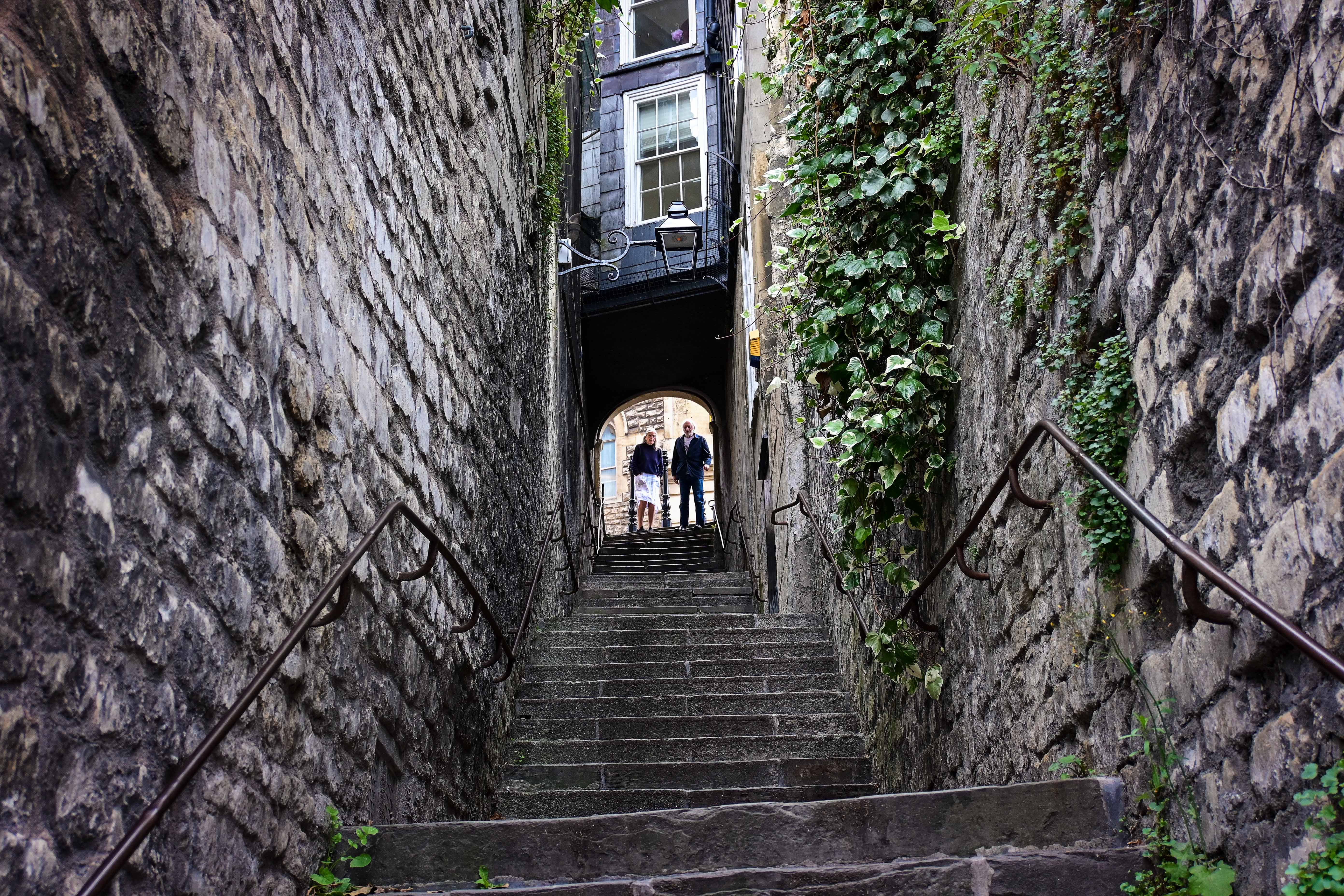
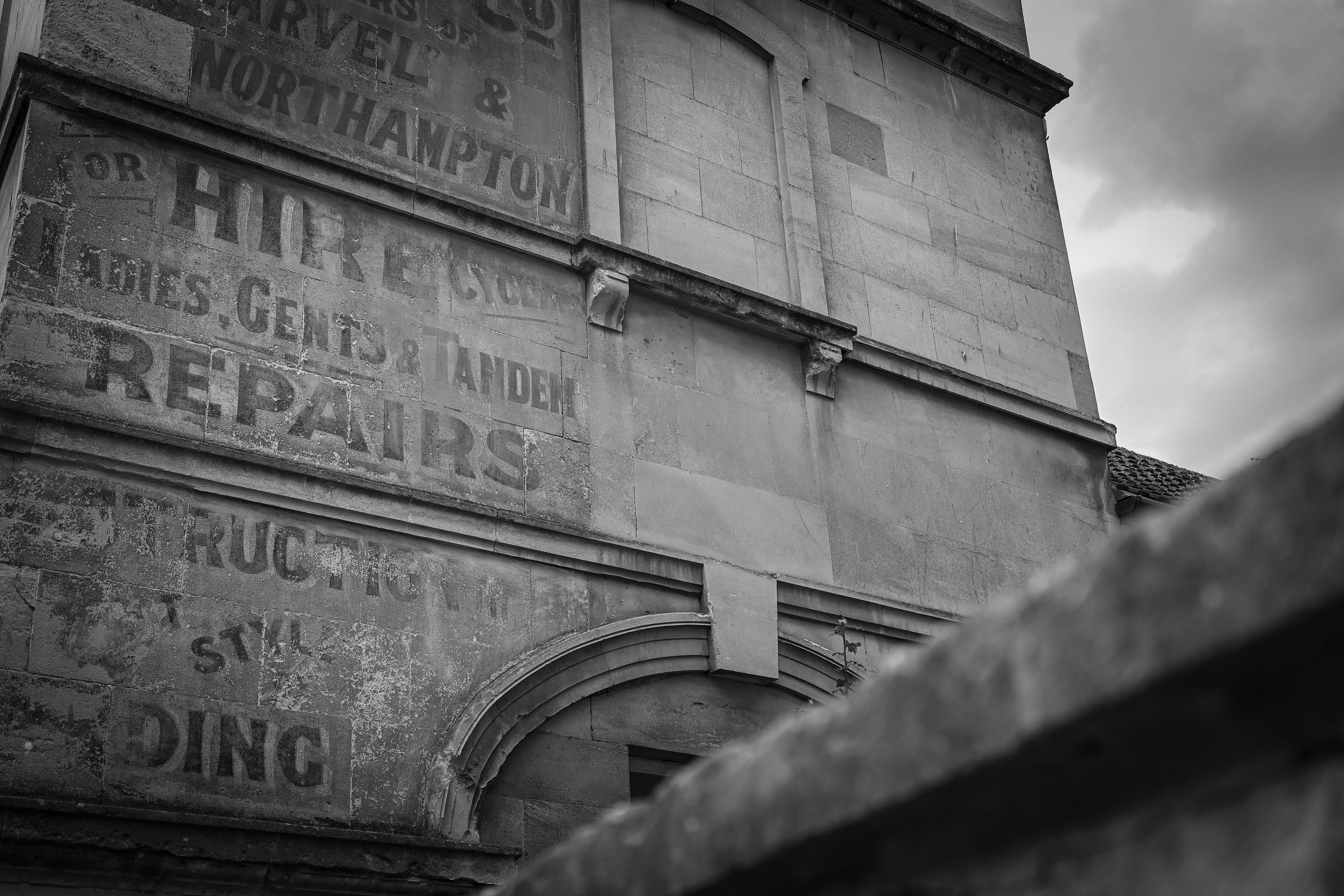
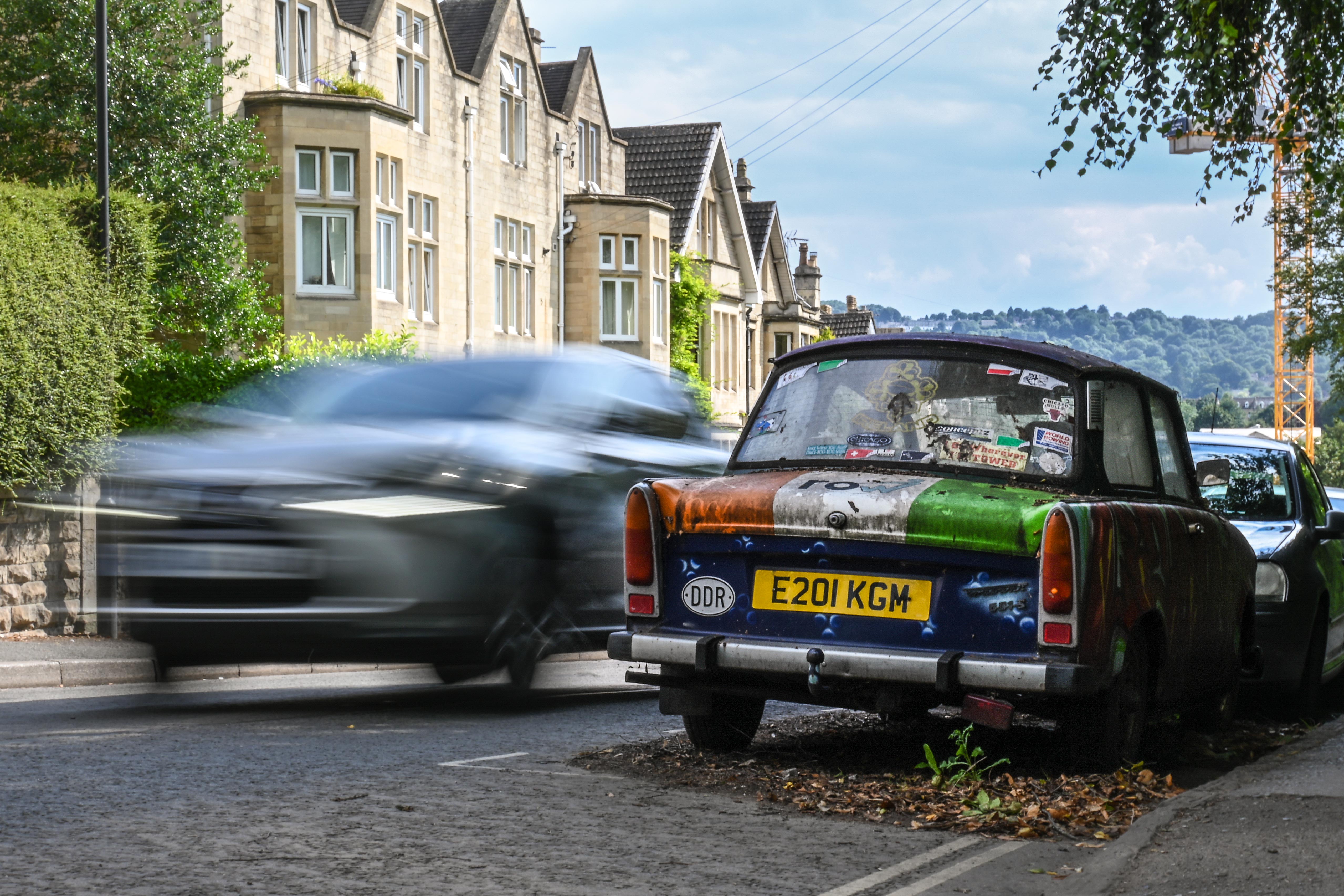
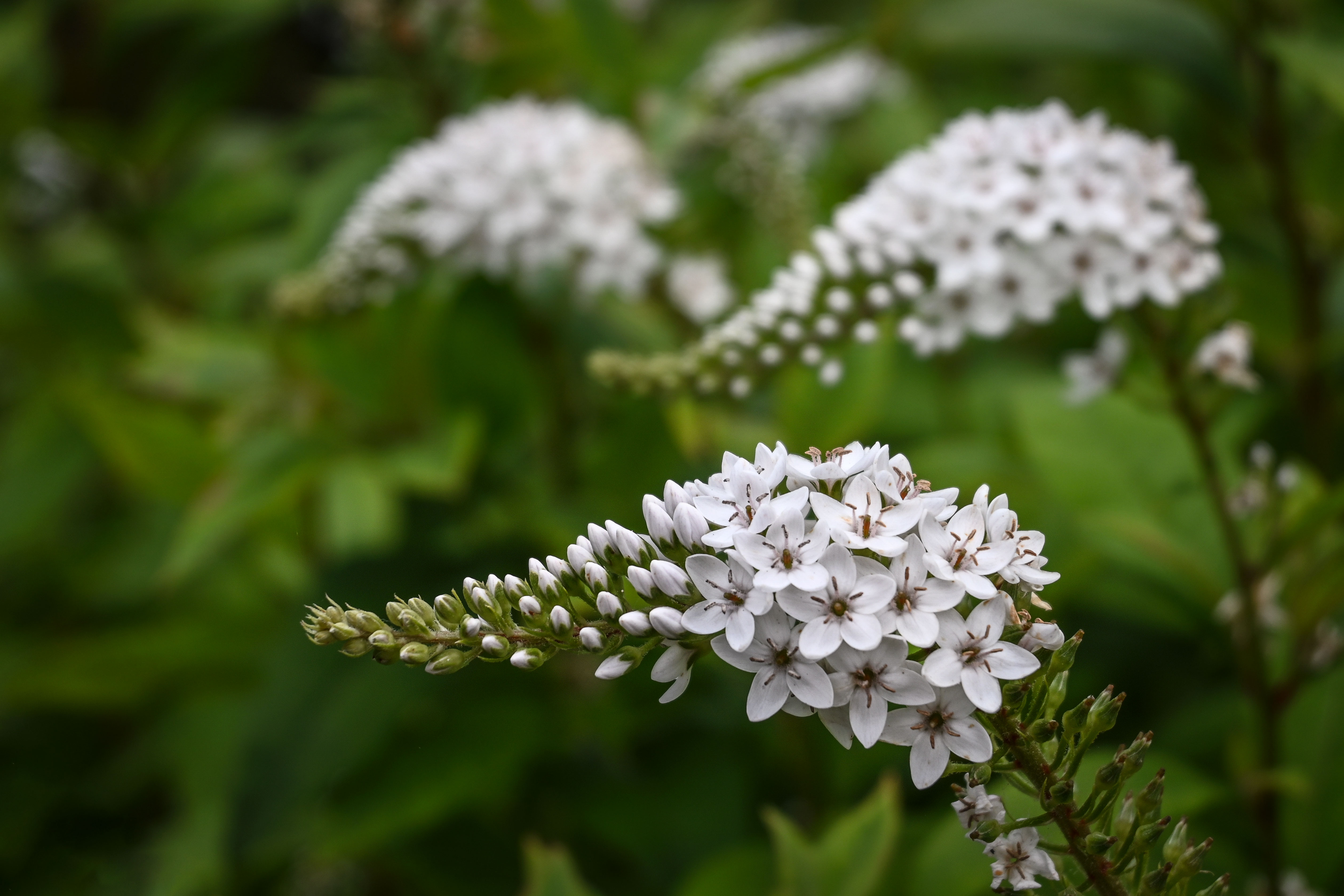

Best retro camera for video
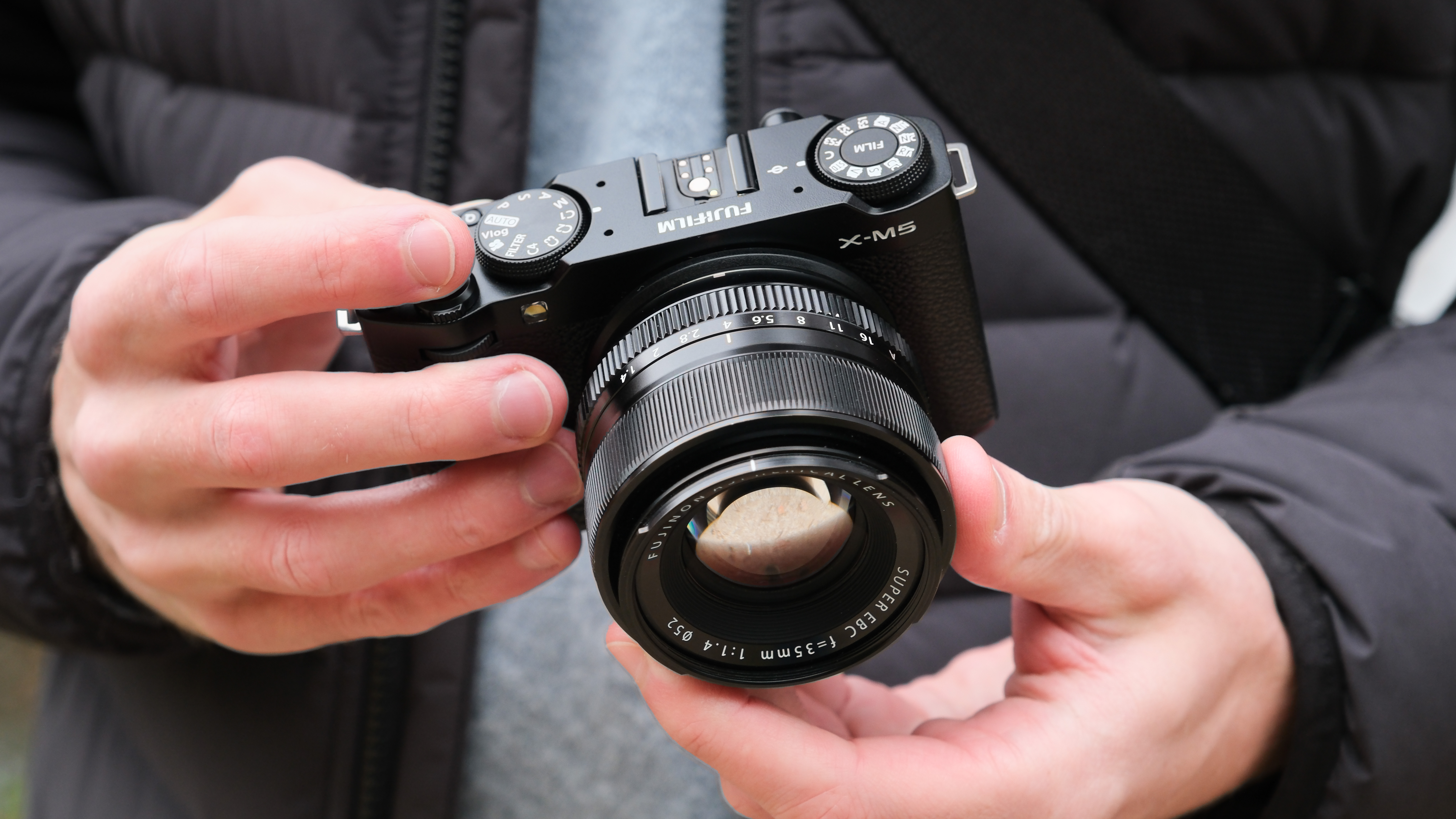
Specifications
Reasons to buy
Reasons to avoid
✅ You create a lot of video content: the open gate 6K output of the X-M5 makes it a very flexible option for shooting video – in a package that slips into your pocket.
✅ You want the most affordable way to get film simulations: Fujifilm's film simulations are iconic, and the X-M5 has all of them to date
❌ You don't care about video: if you really don't care about video then the T-T30 II is around the same price, but has a viewfinder – or you can try and find an X-E4 second-hand.
The Fujifilm X-M5 stands out as a stylish and compact addition to any retro camera collection, perfectly tailored for vloggers and content creators. With its impressive 26.1MP X-Trans CMOS 4 APS-C sensor and the advanced X-Processor 5, it delivers remarkable image quality. One of its key features is the 6.2K open-gate video recording, which opens up creative avenues for those looking to crop or reframe their footage in different aspect ratios.
While its small form factor and user-friendly top-plate control dials make it highly portable, photographers might find the absence of a built-in viewfinder a drawback, but even without a viewfinder, the bright and responsive 3.0-inch vari-angle touchscreen makes composing shots a breeze.
While its video specs might be strong, the digital image stabilization does come with a notable crop factor, prompting you to reach for wider lenses, especially for vlogging purposes, but you could negate this with a gimbal. Nevertheless, the autofocus system shines with reliable subject detection, including features like animal eye AF and touch-tracking autofocus for videos, ensuring that your subject stays sharp and engaged. The audio quality is another impressive aspect of the X-M5. Equipped with internal directional microphones and enhanced wind filtering, it captures noticeably clearer sound – a significant advantage for content creators.
Overall, the Fujifilm X-M5 is a strong contender for those who value a blend of portability, powerful features, and excellent performance in a retro-styled package. It's an ideal choice for video creators looking to elevate their content while enjoying a touch of classic design.
Features | Powerful video specs and the latest AF | ★★★★★ |
Design | Solid-feeling compact body with small lenses to match. Although no EVF for photographers | ★★★★☆ |
Performance | Great quality stills and video, with film simulations offering ready-to-share content | ★★★★★ |
Value | Undercuts rivals on price but not on power | ★★★★★ |
Read more: Fujifilm X-M5 review
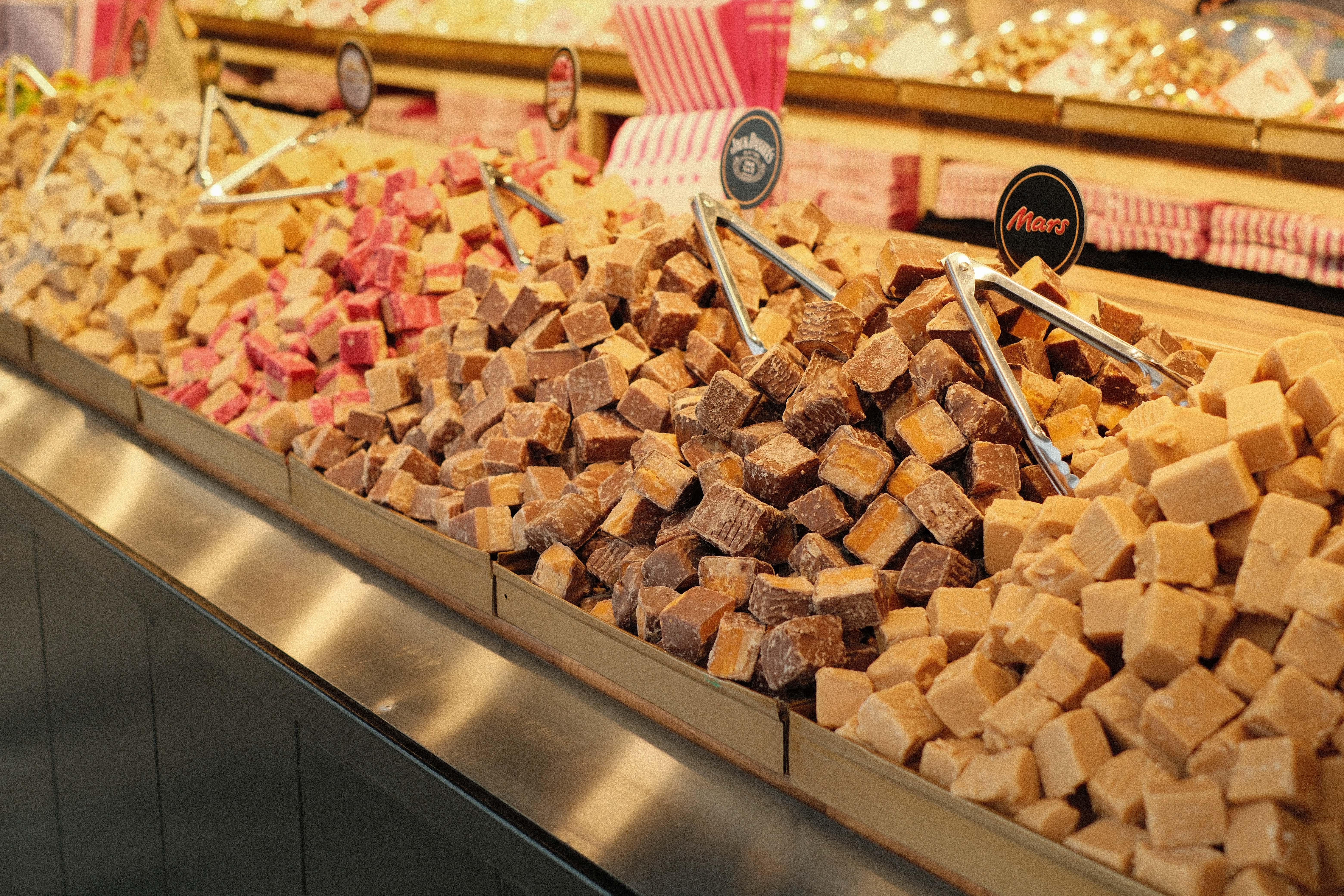
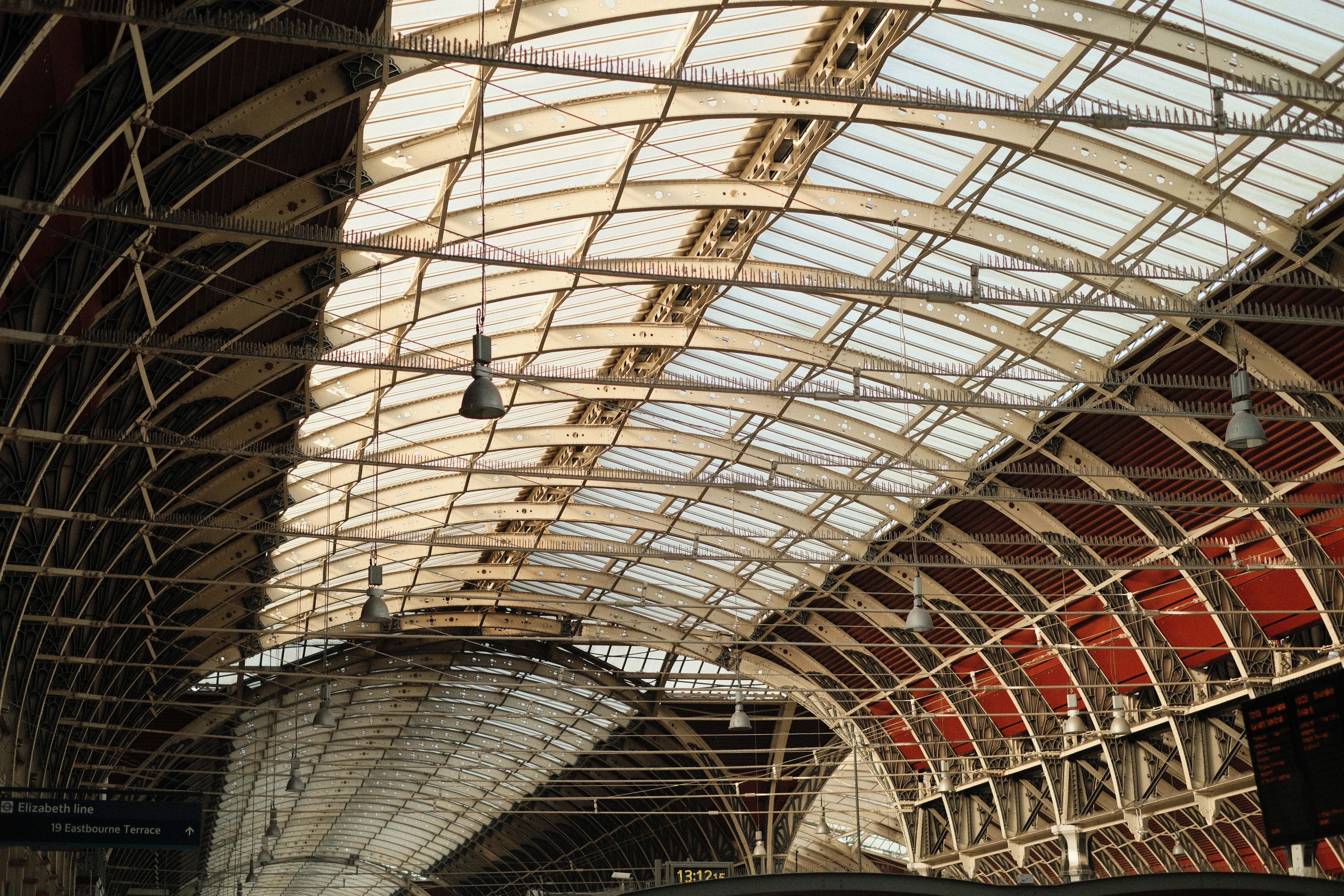
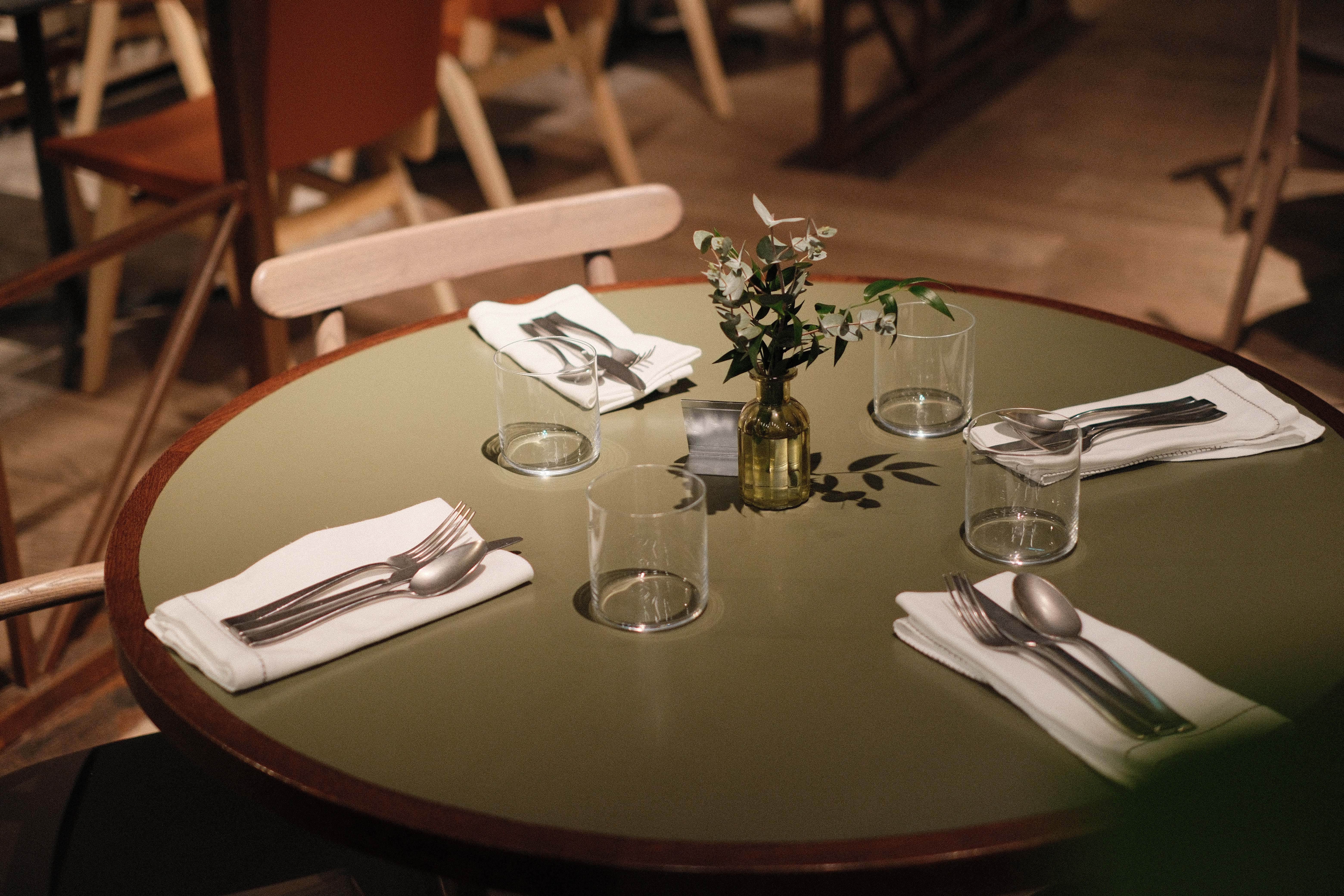
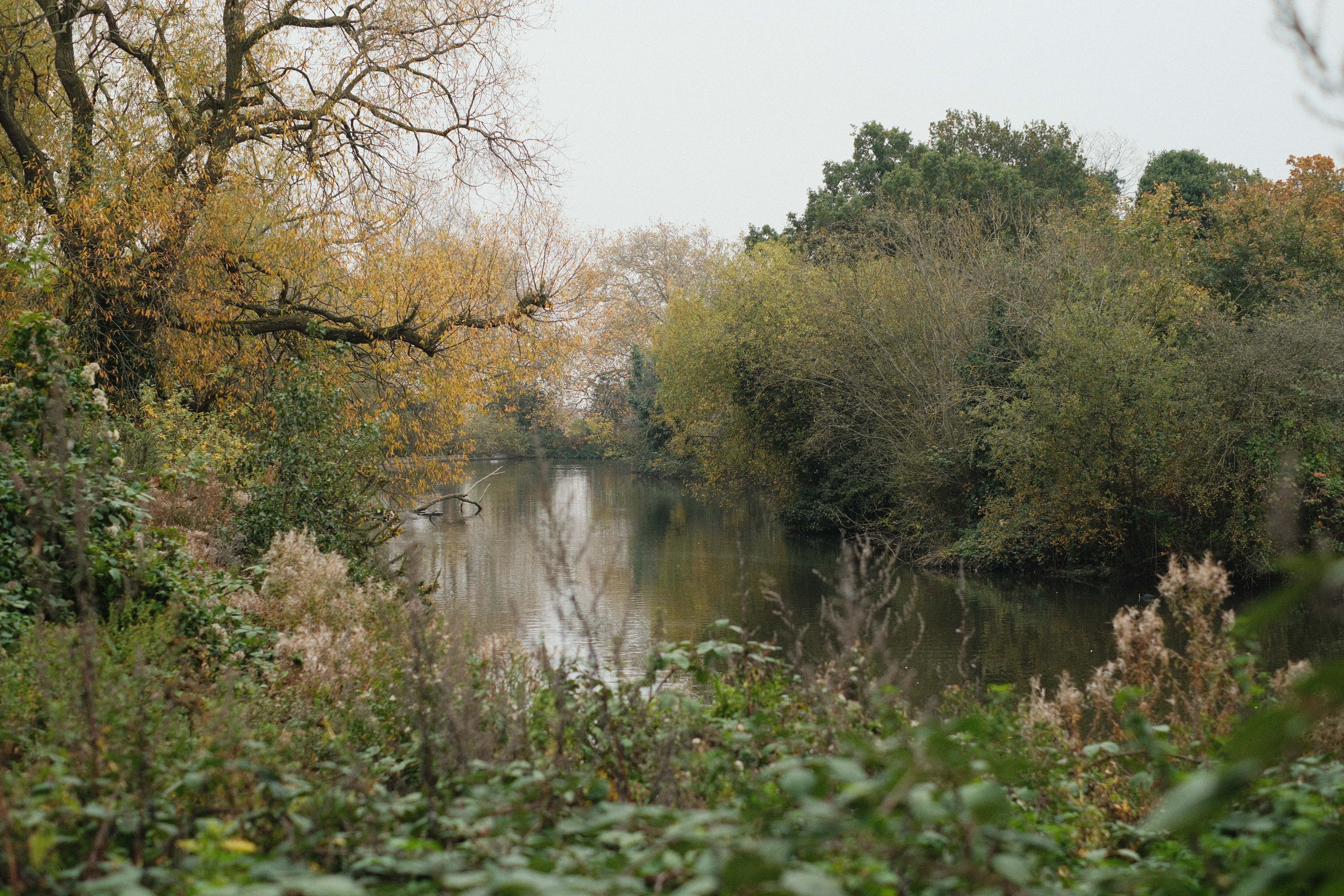
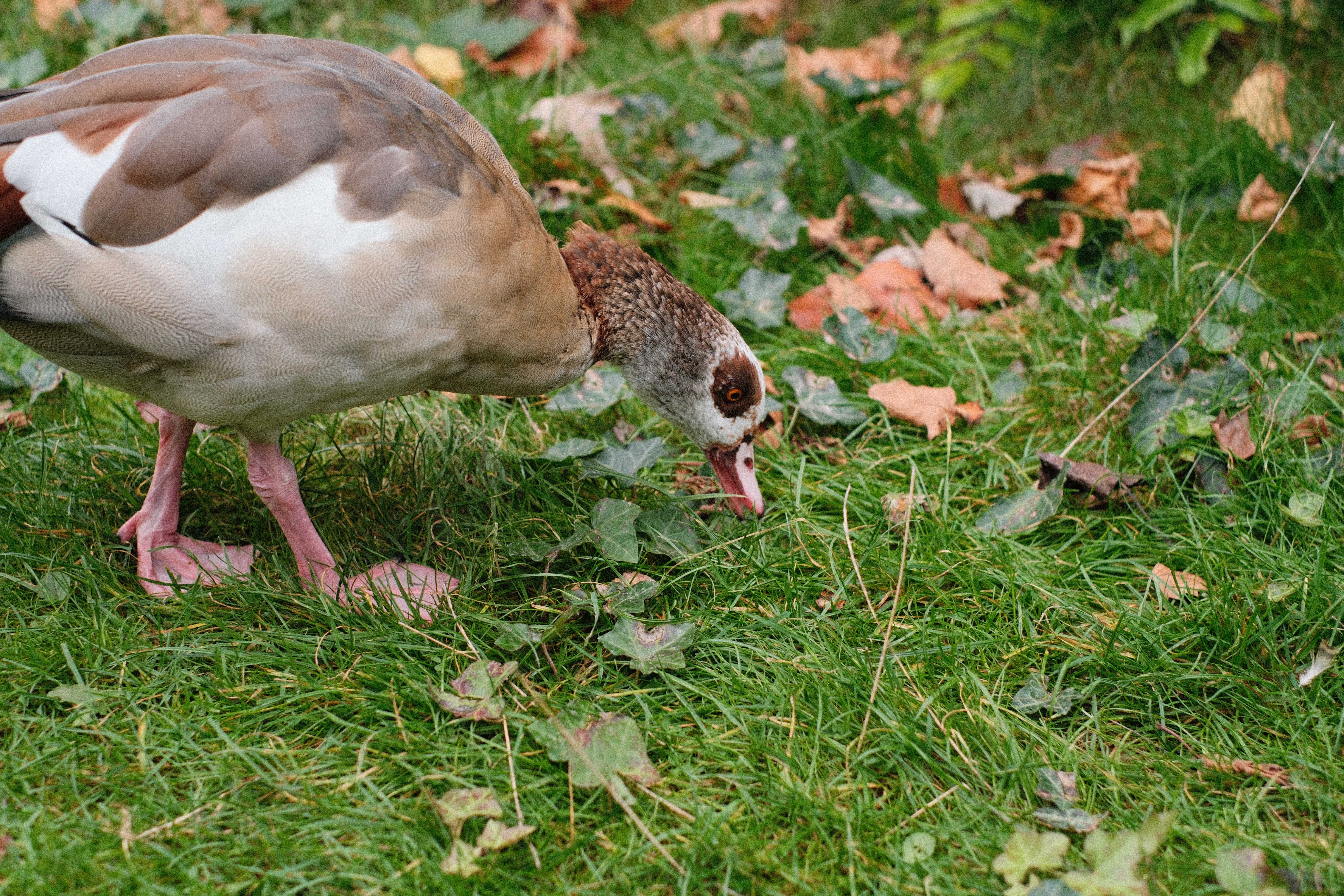
Best retro camera for learning photography
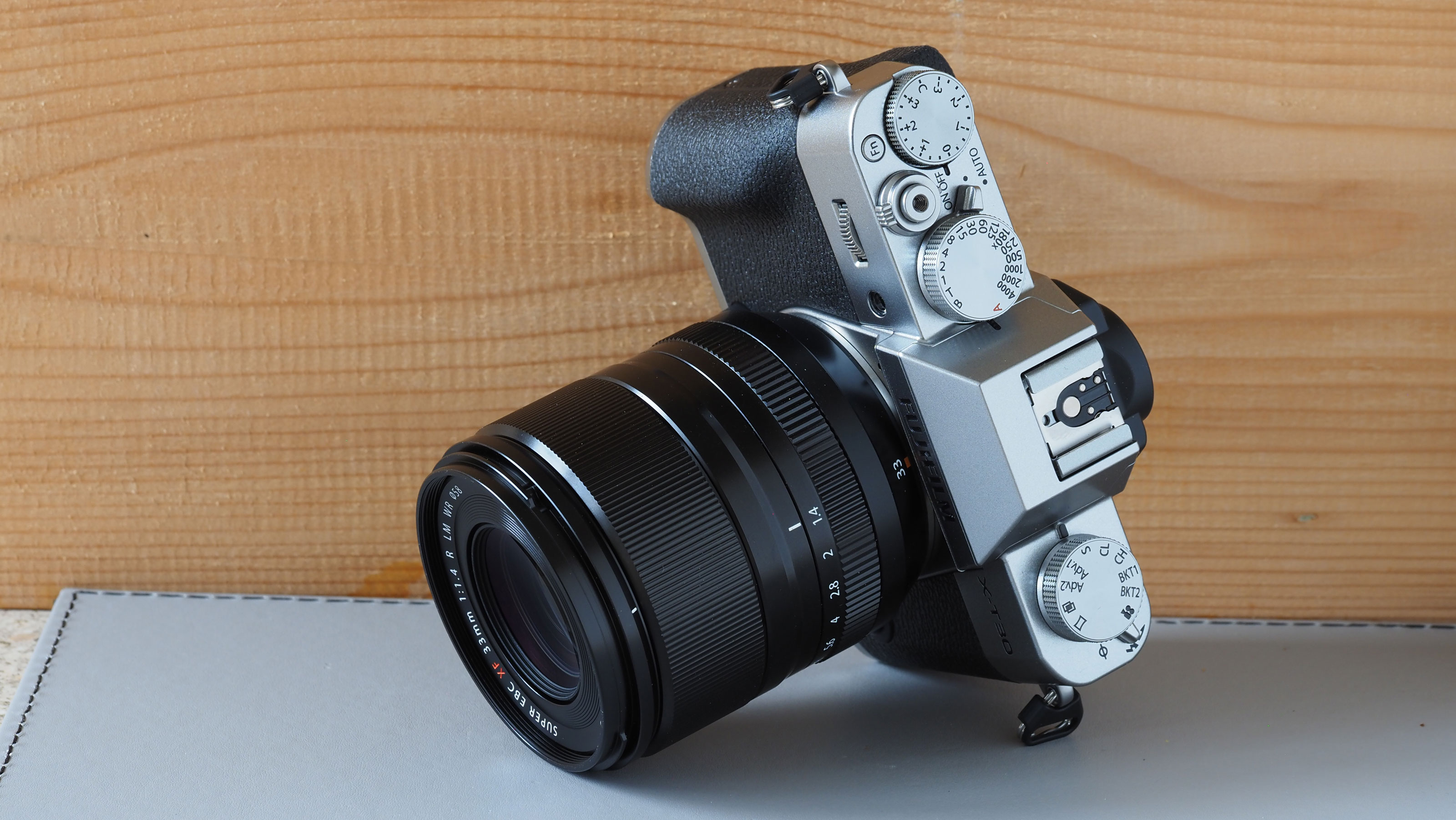
Specifications
Reasons to buy
Reasons to avoid
✅ You want Fujifilm's X-T5 for less: if you love the style of the X-T5 but not the price tag, thenyou can get this cheaper reproduction for some sacrifices in specs.
✅ You want access to film simulations: Fuji's film simulations have inspired a legion of fans, and this is the cheapest way to join in the fun.
❌ You want the very latest tech: the X-T30 II is probably due for an upgrade soon, as it is the only X-series line still on sale to use the X-Processor4 and not have IBIS.
❌ You shoot lots of video: while there is 4K video, the tilting screen and lack of IBIS mean this isn't the top retro camera for videographers.
Fujifilm's been churning out mini-me versions of its flagship X-T for a while now. The latest, the Fujifilm X-T30 II, might just be its best effort yet, and I'm not the only one who thinks so – that's probably why it's still hanging around long after other lines have been replaced.
Confusingly, it doesn't wear the X-T40 badge, even though it's the stripped-down X-T4. Maybe it's because the X-T30 II isn't a massive leap from the original X-T30. It's more like a refresh, with a bigger screen and autofocus tech borrowed from its big brother. It's clearly aimed at folks who've been itching for an X-T40, and it should do the trick in a pinch, although some might want to hold off and hold out some hope for an update.
The sensor and processor aren't that new, but the X-T30 II can still pump out stunning photos, especially with film simulation modes or custom film recipes you can find online, although autofocus and video are stronger in newer Fujifilm cameras.
However, I find using it is a joy, with those clicky dials adding a classic feel, and it is a fantastic camera to learn manual photography with. Just be warned: it might feel a bit cramped in bigger hands. Fujifilm's definitely made some concessions with build quality to keep the price down – it doesn't feel quite as sturdy as the main X-T line, or the retro-cool X100V or X-Pro cameras. But if you're hunting for a vintage-styled bargain, this is the most affordable Fujifilm you can get.
Features | A mini-me version of the flagship X-T4, with 26.1MP stills and 4K 30P video, still holds up today | ★★★★★ |
Design | In the same wonderful retro style as the X-T4, but you can feel where corners have been cut in materials | ★★★★☆ |
Performance | Excellent stills and video, although it could really use the addition of IBIS to keep up with the times | ★★★★☆ |
Value | The cheapest camera in Fujifilm's range is a great price, but there are others on this list that pip it for value | ★★★★☆ |
Read more: Fujifilm X-T30 II review
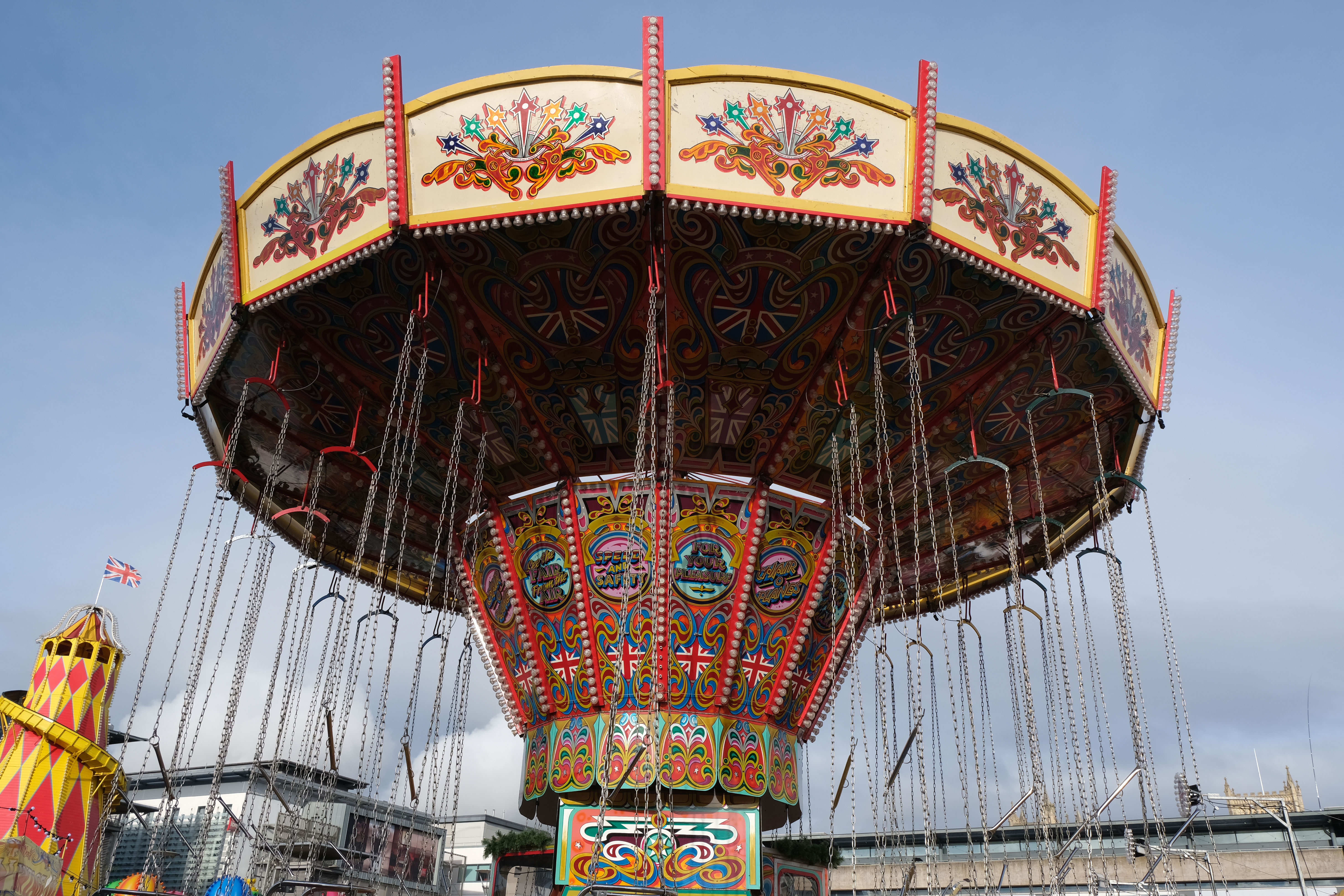
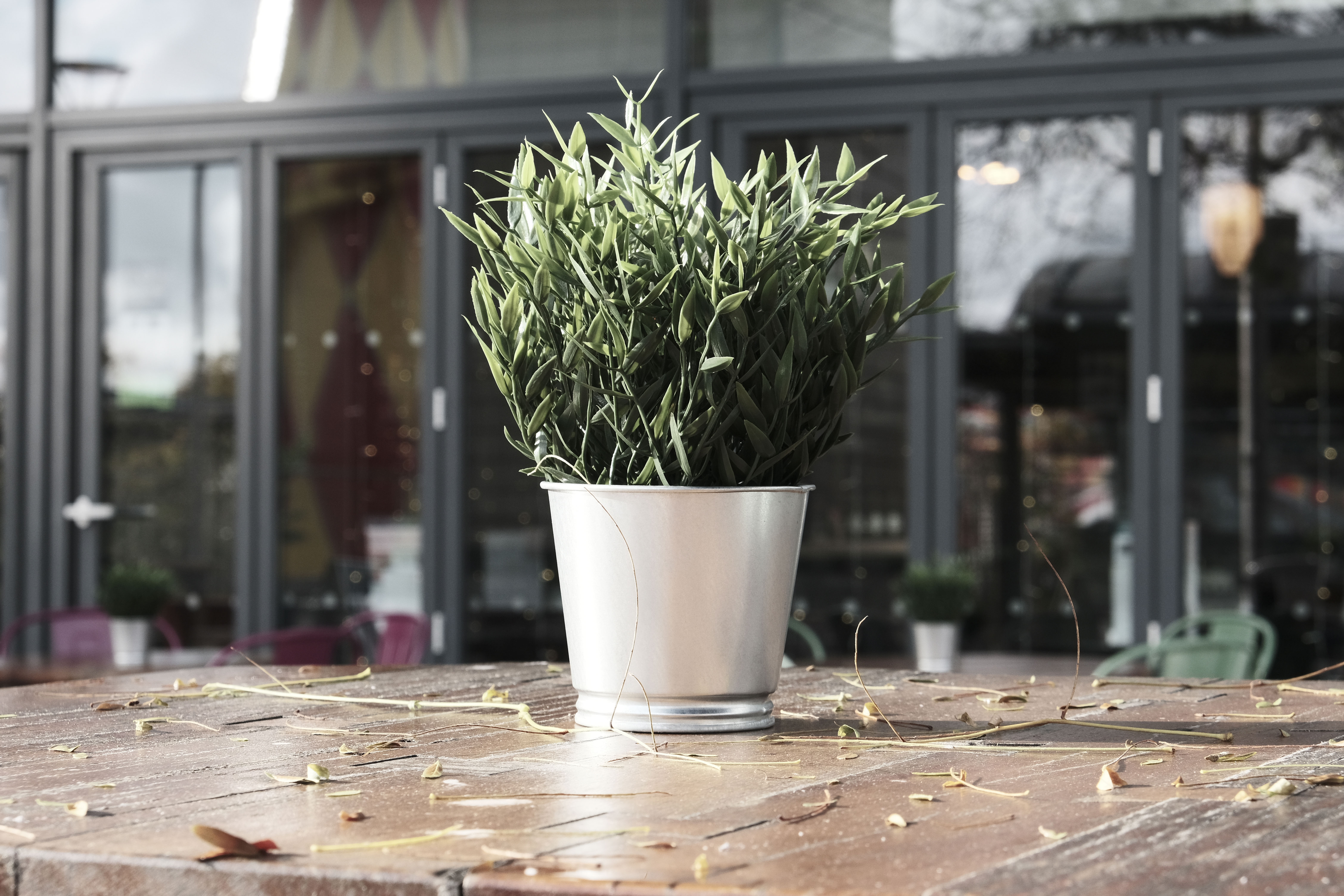
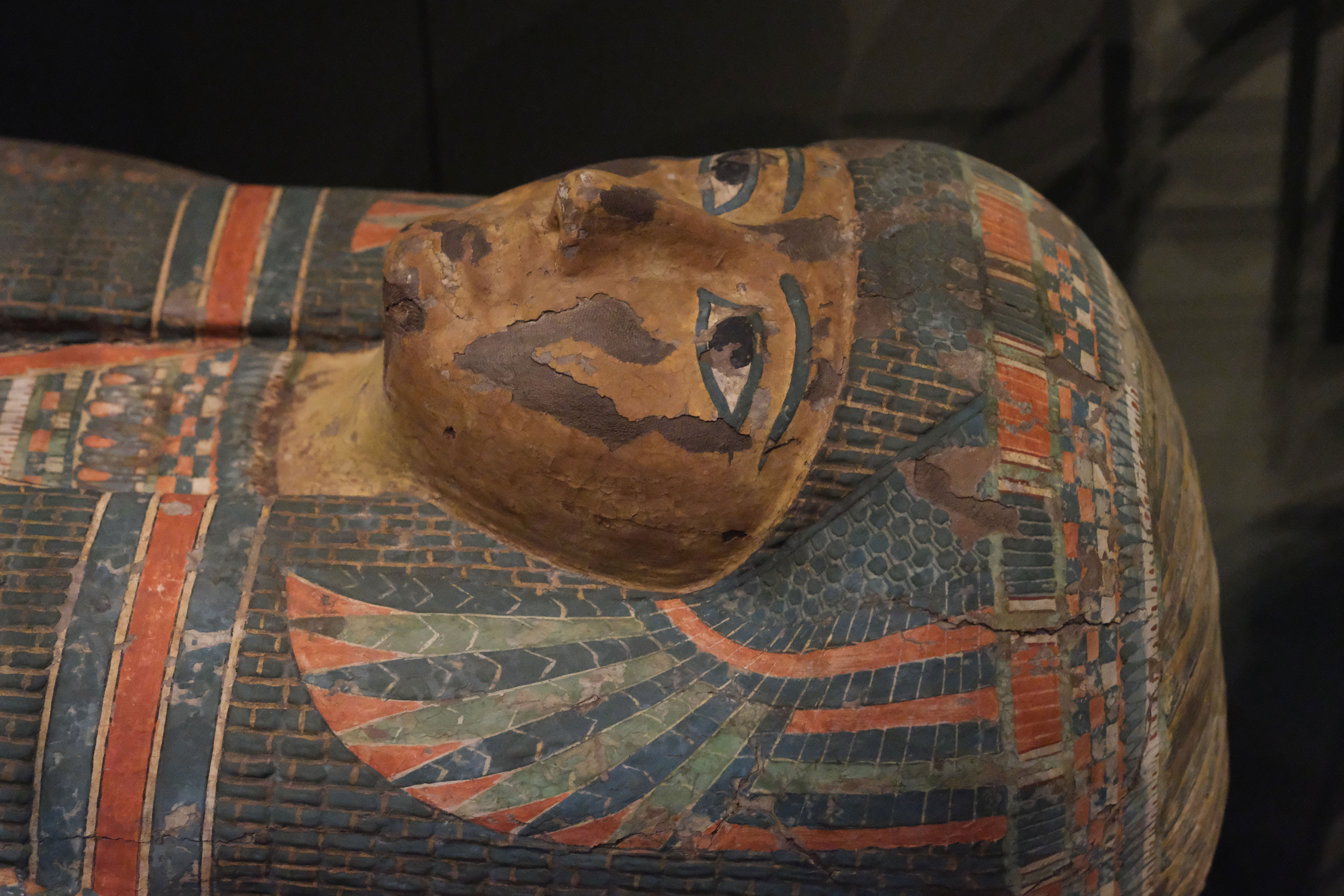
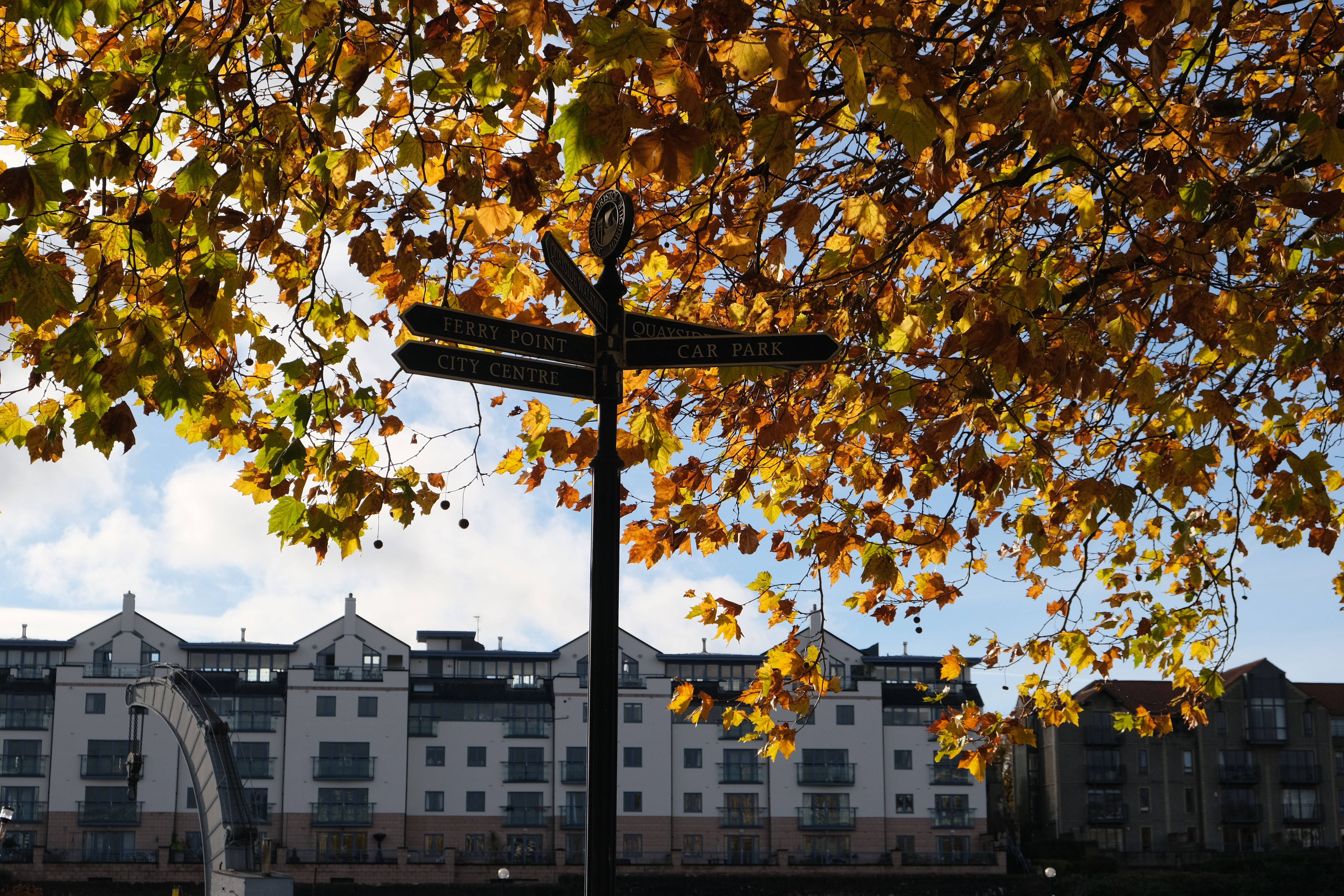

Best retro camera for computational photography
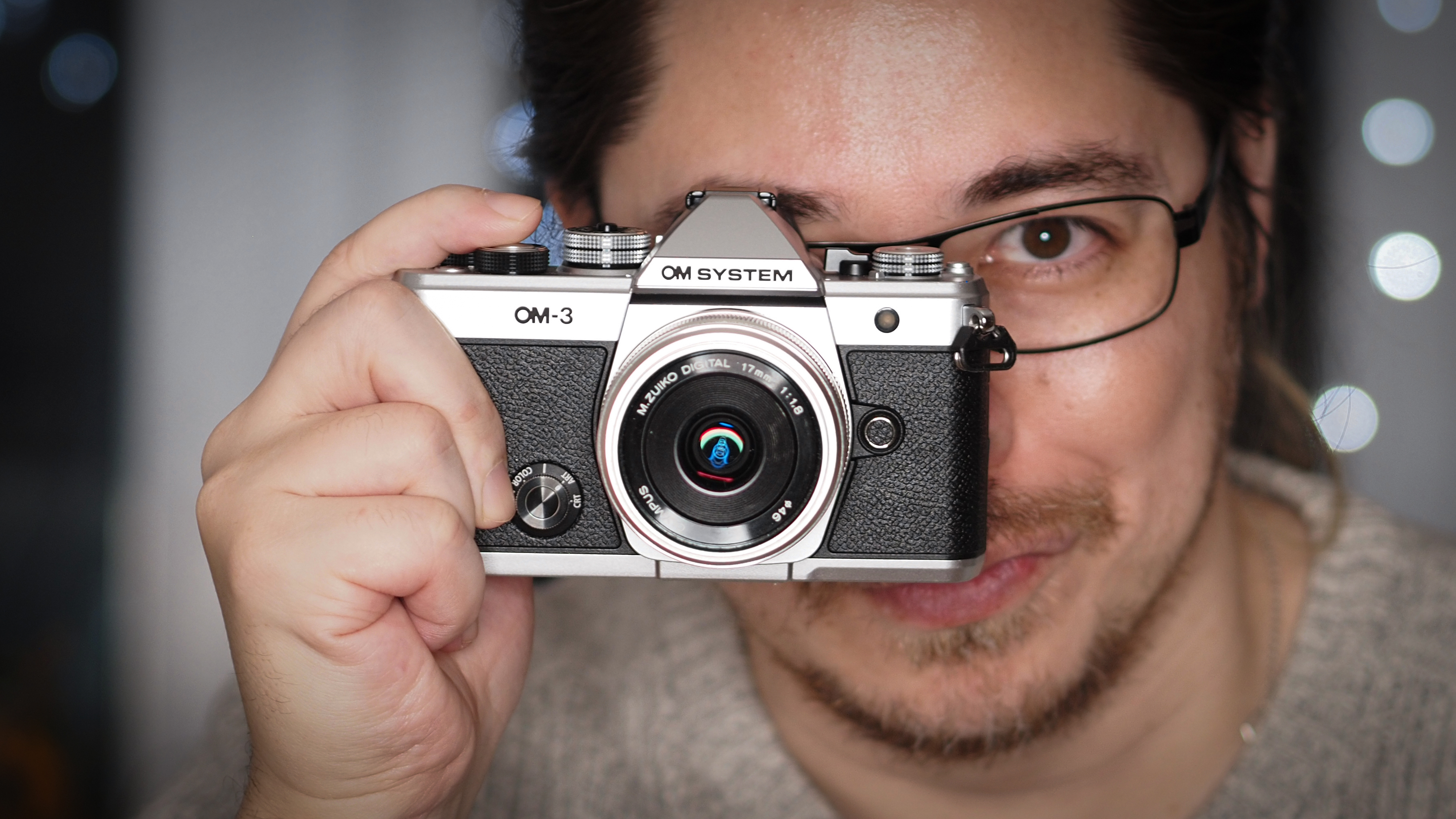
Specifications
Reasons to buy
Reasons to avoid
If you’re drawn to retro-inspired cameras that beautifully blend classic charm with modern tech, the OM System OM-3 could be exactly what you’ve been waiting for. Echoing the design of the iconic Olympus OM-3 film SLR, this mirrorless camera feels comfortably nostalgic, yet packs plenty of advanced features beneath its sleek, metal body.
One highlight is the Creative Dial borrowed from the beloved Olympus PEN-F, offering quick, intuitive access to artistic filters and color profiles, perfect for photographers eager to experiment creatively.
Inside, the OM-3 sports a capable 20.4MP stacked, back-side illuminated Micro Four Thirds sensor combined with the speedy TruePic X processor, producing impressive images rich in detail and dynamic range. Autofocus performance is swift and reliable, thanks to its advanced Quad Pixel AF system boasting 1,053 cross-type hybrid phase-detection points. Additionally, the camera is equipped with powerful computational photography features such as High Res Shot – delivering impressive 50MP handheld and 80MP tripod-mounted images – as well as Live ND and focus stacking.
Handling-wise, the OM-3 excels with outstanding 6.5-stop in-body image stabilization, particularly helpful for handheld shooting in challenging lighting conditions. Plus, its rugged, weather-sealed body rated IP53 ensures peace of mind when shooting outdoors. However, it's worth mentioning the camera has only a single UHS-II SD card slot and no joystick, something that might influence your shooting workflow.
While the smaller Micro Four Thirds sensor won’t match larger sensors in outright resolution, the trade-off in portability and lens versatility might be just right for your shooting style. Overall, the OM System OM-3 effortlessly merges vintage appeal with cutting-edge technology, making it a tempting choice for enthusiasts and creative photographers alike.
Features | Equipped with a 20.4MP sensor, advanced Quad Pixel autofocus, High Res Shot, Live ND, and focus stacking for versatile creativity. | ★★★★★ |
Design | A retro-styled metal body inspired by the iconic Olympus OM-3, featuring a creative dial for easy access to artistic filters. | ★★★★★ |
Performance | Offers impressive 6.5-stop in-body stabilization, weather sealing, and fast, accurate autofocus ideal for various shooting conditions. | ★★★★★ |
Value | Combines classic aesthetics with modern technology, offering strong performance and creative options, though limited by single card slot and smaller sensor. | ★★★★★ |
Read more: OM System OM-3 review
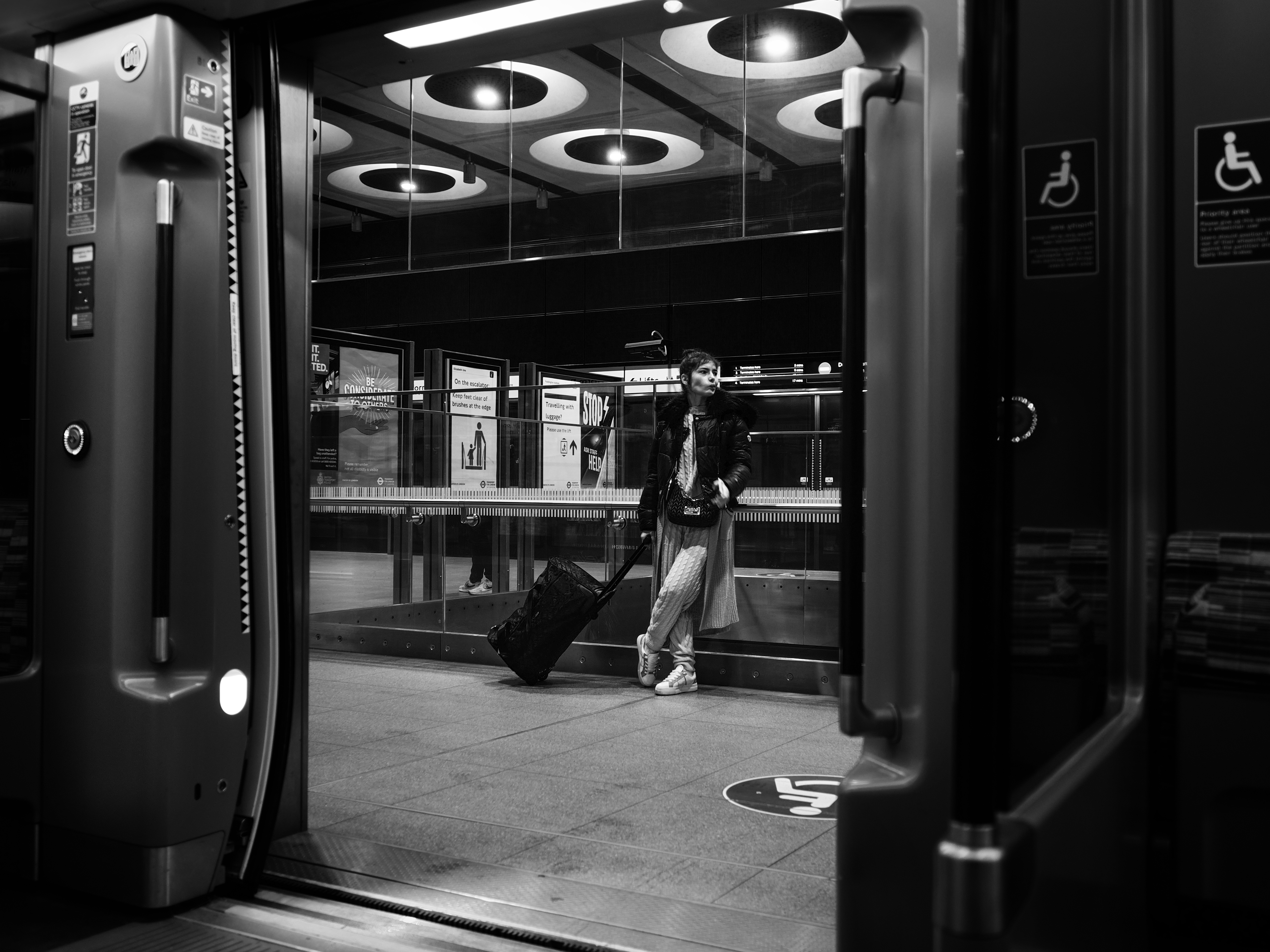

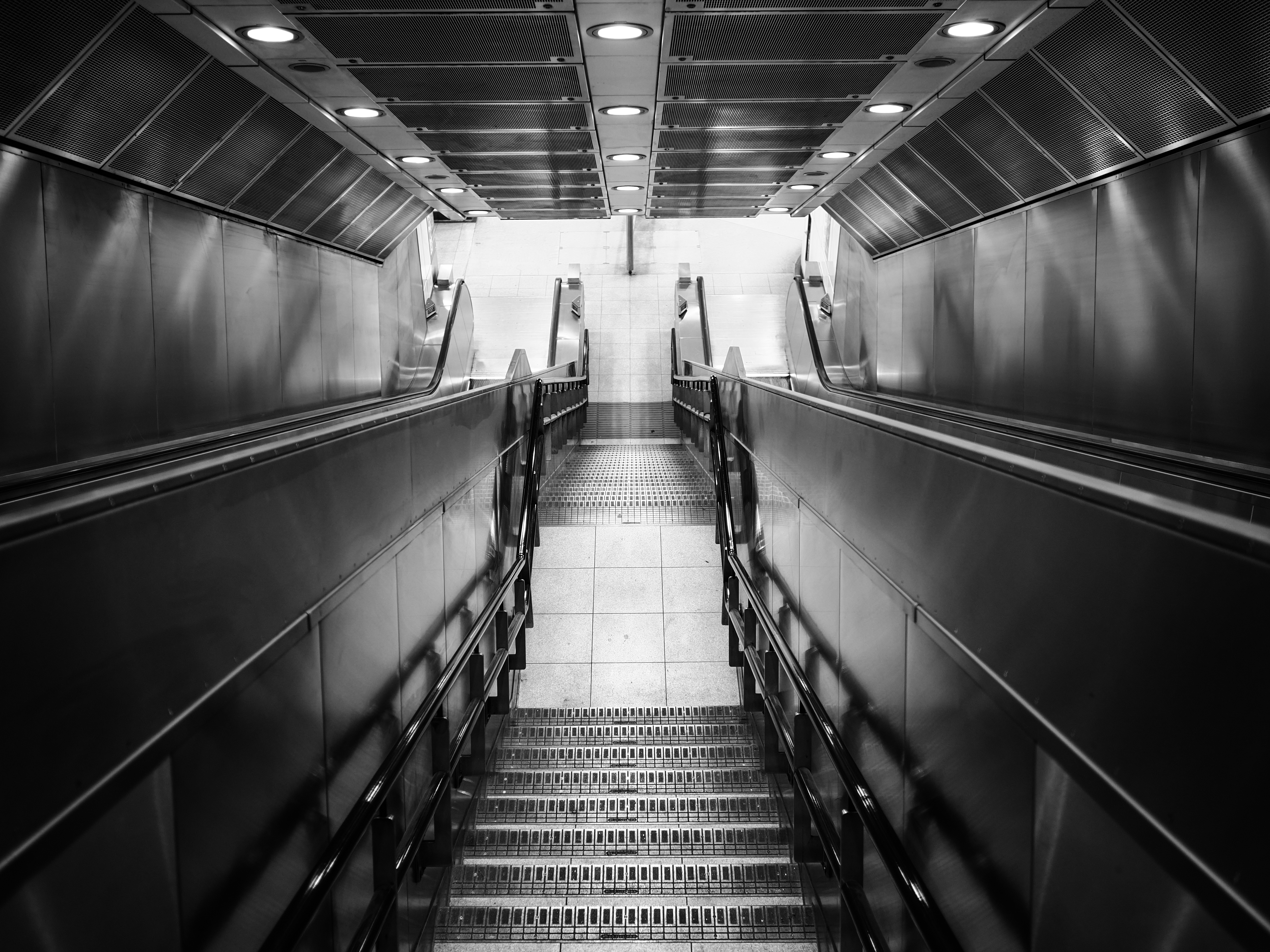
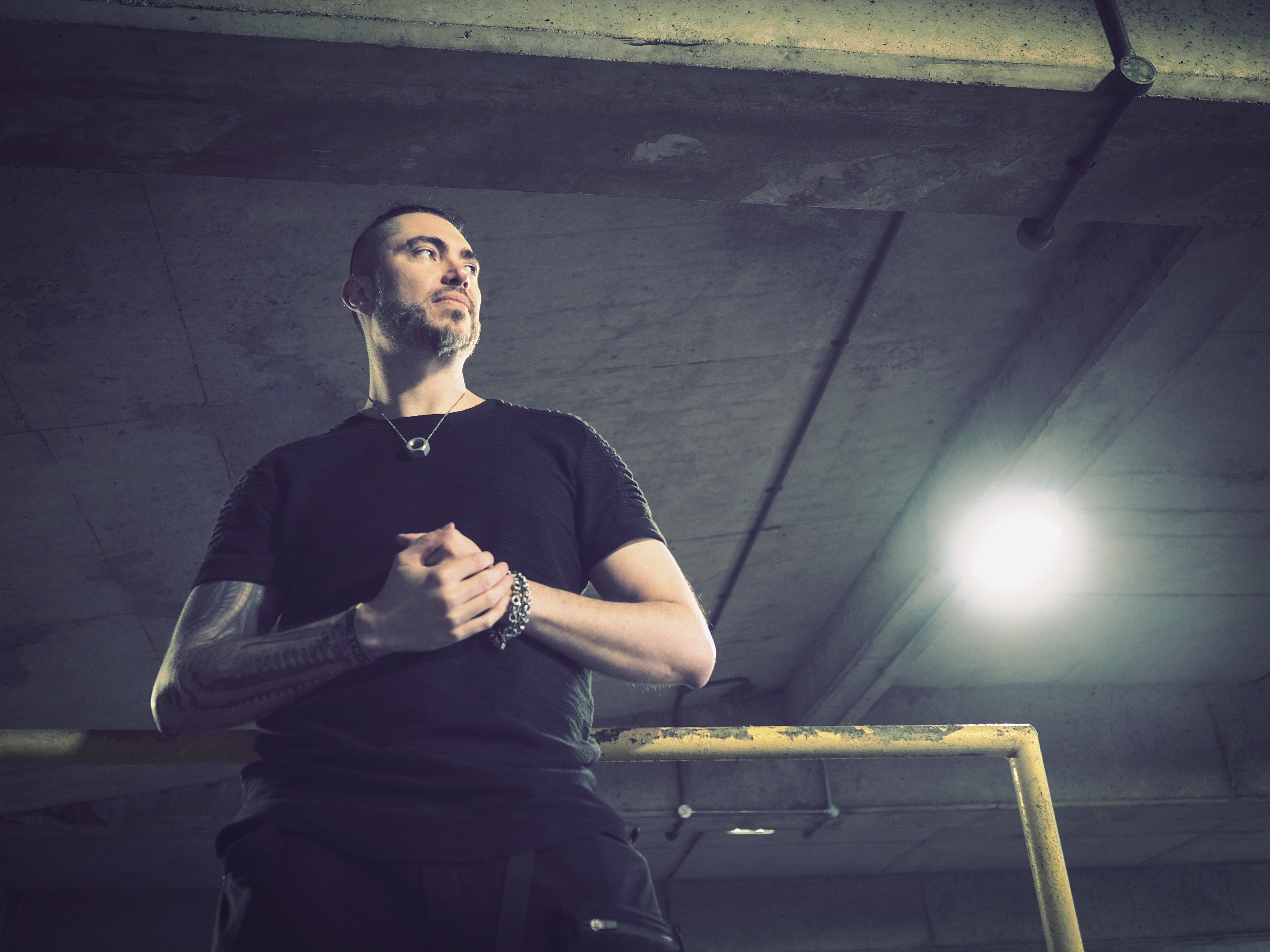

Best retro camera for travel
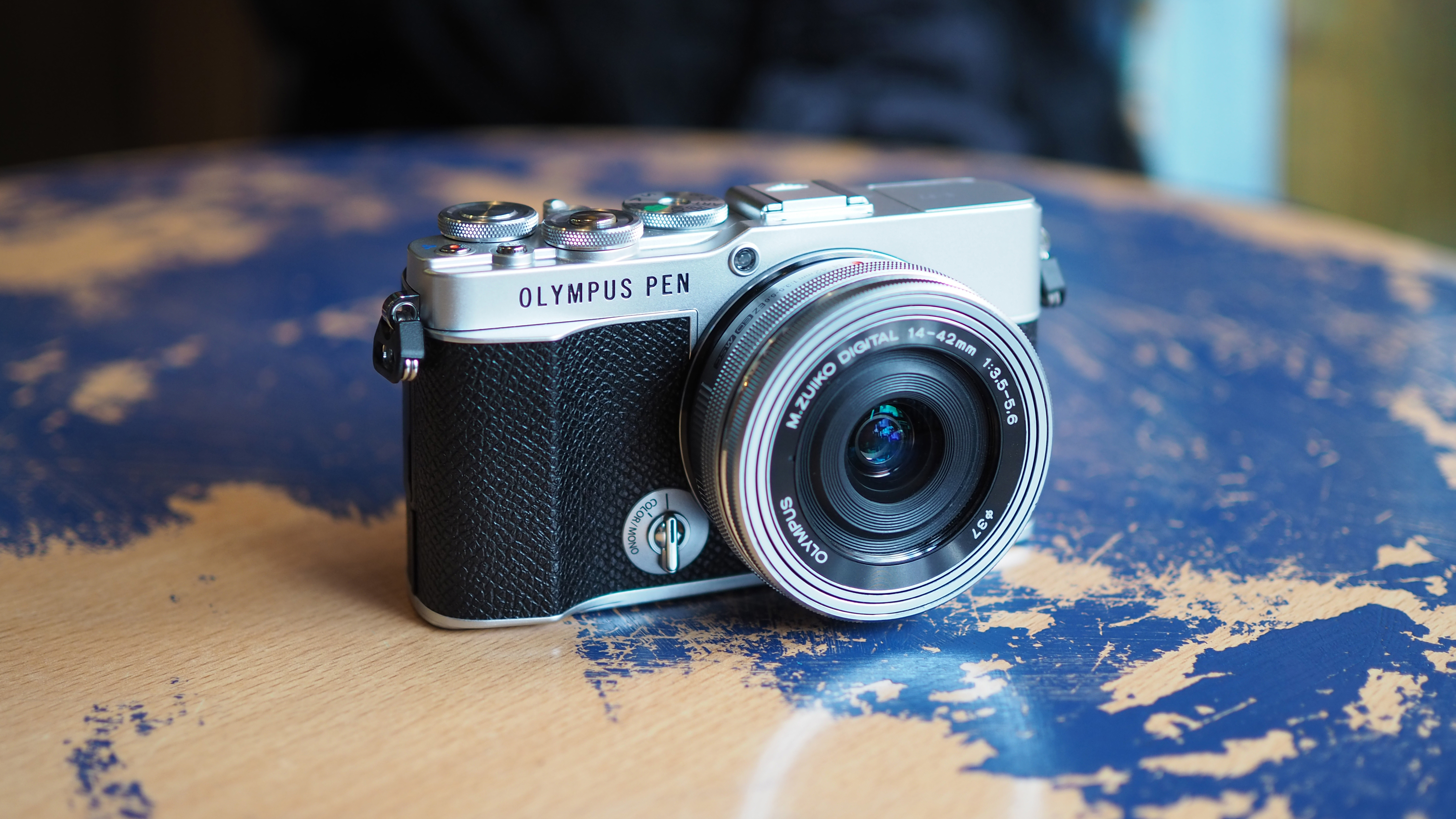
Specifications
Reasons to buy
Reasons to avoid
✅ You want an absolutely tiny camera: if you want one of the smallest (non-compact) cameras to easily slip into a bag or pocket, then the E-P7 is adorably miniature.
✅ You want to share photos quickly: with lots of filters and auto modes, it is easy to share ready-for-social images, with little to no editing required.
❌ You live in the US: for some inexplicable reason, this camera was never released in the US, although you might be able to import one.
❌ You want a viewfinder: the E-P7 sacrifices a viewfinder to fit into its tiny form factor, which is likely to upset some photographers (like me).
The Olympus Pen series of fashionable, retro-styled mirrorless cameras had lost its way somewhat in previous years, but came back with a bang with the Olympus Pen E-P7. Using the same Micro Four Thirds sensor as the E-M10 Mark IV, it replaces the aging 16MP model on previous Pen cameras with a brand-new 20MP to play with.
It’s not just Fujifilm that can do film simulations: the E-P7 is packed with filters and auto-powered Picture Modes that make it easier for new users to create images with stylish looks and effects. Classic modes like Mono 2 basically simulate the distinctive looks of popular film stocks like Kodak Tri-X, allowing you to give your images a true retro feel.
In our Olympus Pen E-P7 review, we were particularly impressed by the IBIS (in-body image stabilization), which is something of an Olympus specialty and makes the camera especially good for video. Indeed, with 4K 30p video, this one is definitely pitched towards vloggers – I am sure pure stills shooters will bemoan the lack of a viewfinder.
Curiously, the camera has been released in Asia and Europe only – maybe as those are its most popular markets – but if you live stateside and you want a tiny pocket-sized travel camera, you might be able to find an import.
Features | A lot squeezed into a tiny body; 20MP is a little low, but it is capable of 4K 30P video | ★★★★☆ |
Design | Continuing the spirit of the Pen range, the tiny size is just superb for traveling | ★★★★★ |
Performance | The quality of photos and video is plenty for socials, and the filters give you ready-to-share shots | ★★★★☆ |
Value | Even though it is a dinky little camera, it is not the best value, and is also not available in the US | ★★★★☆ |
Read more: Olympus Pen E-P7 review

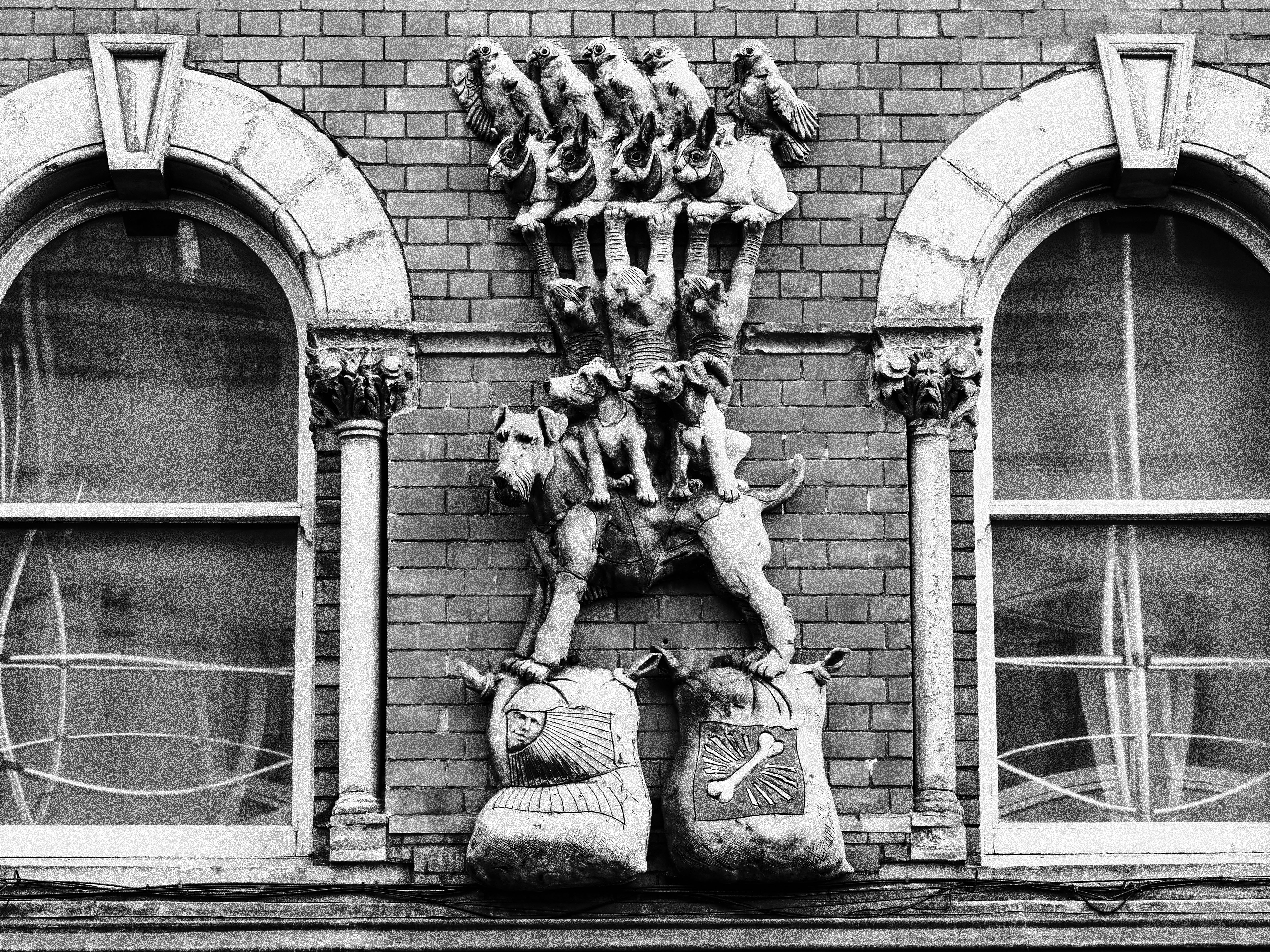
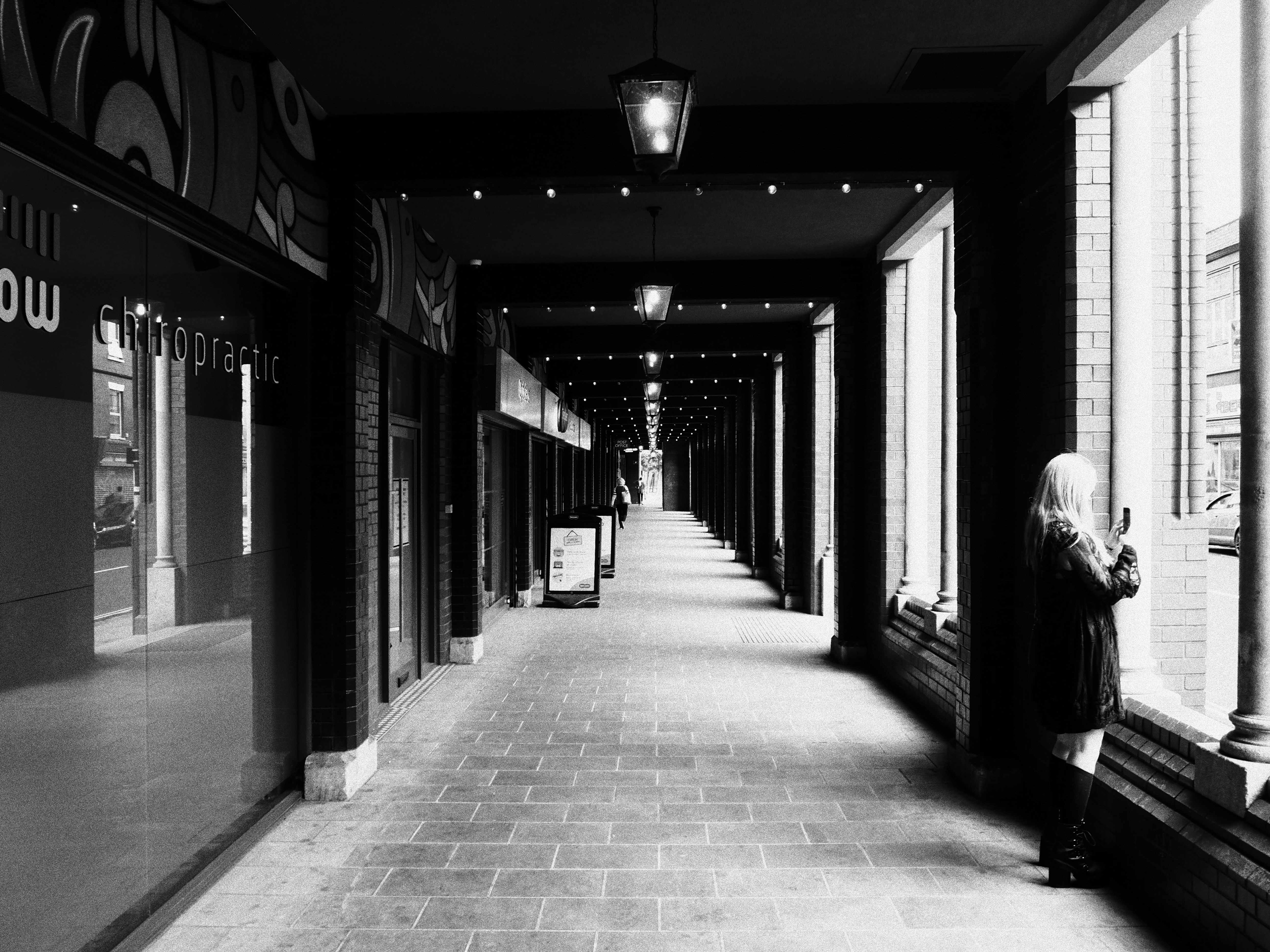
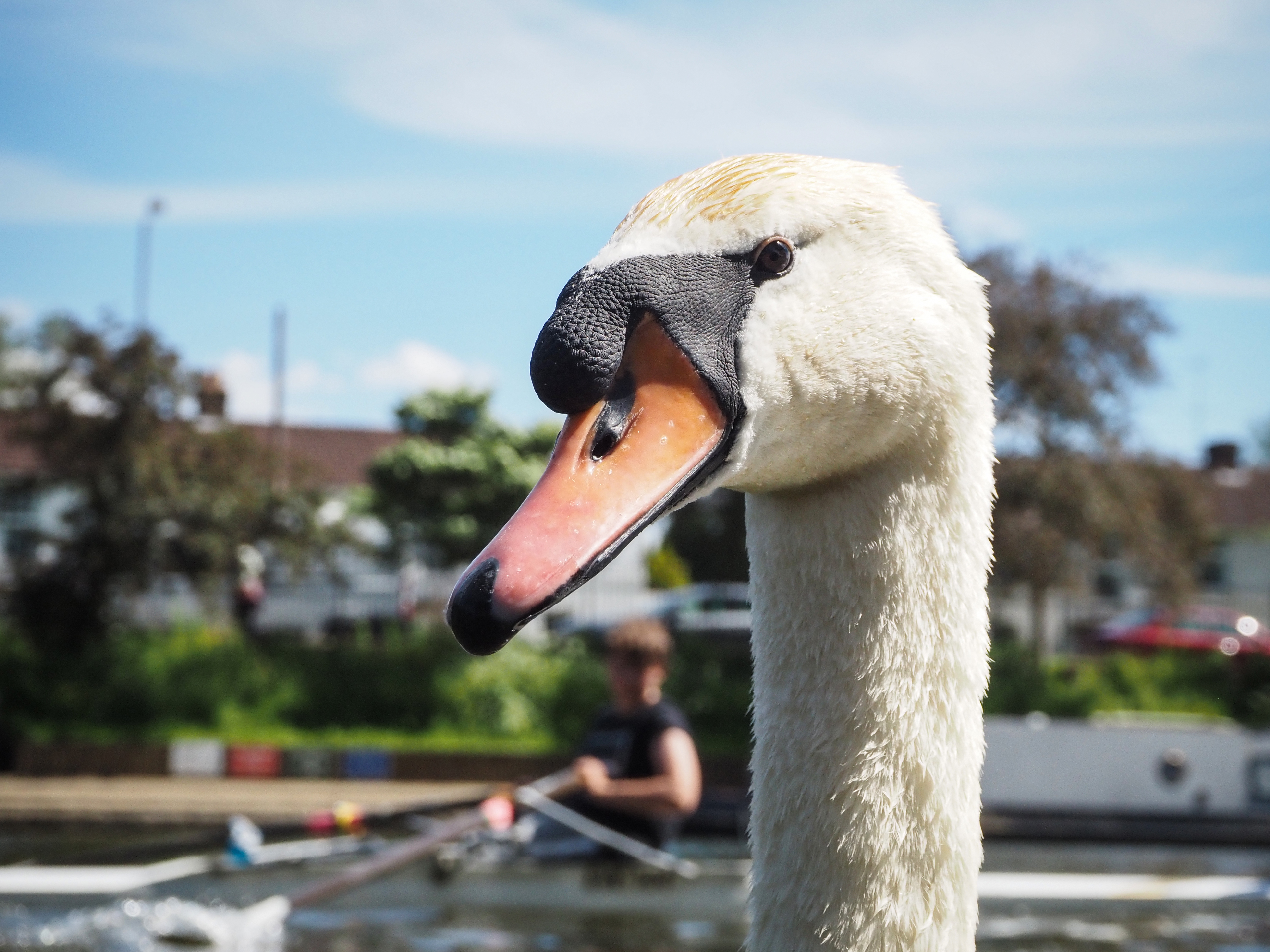
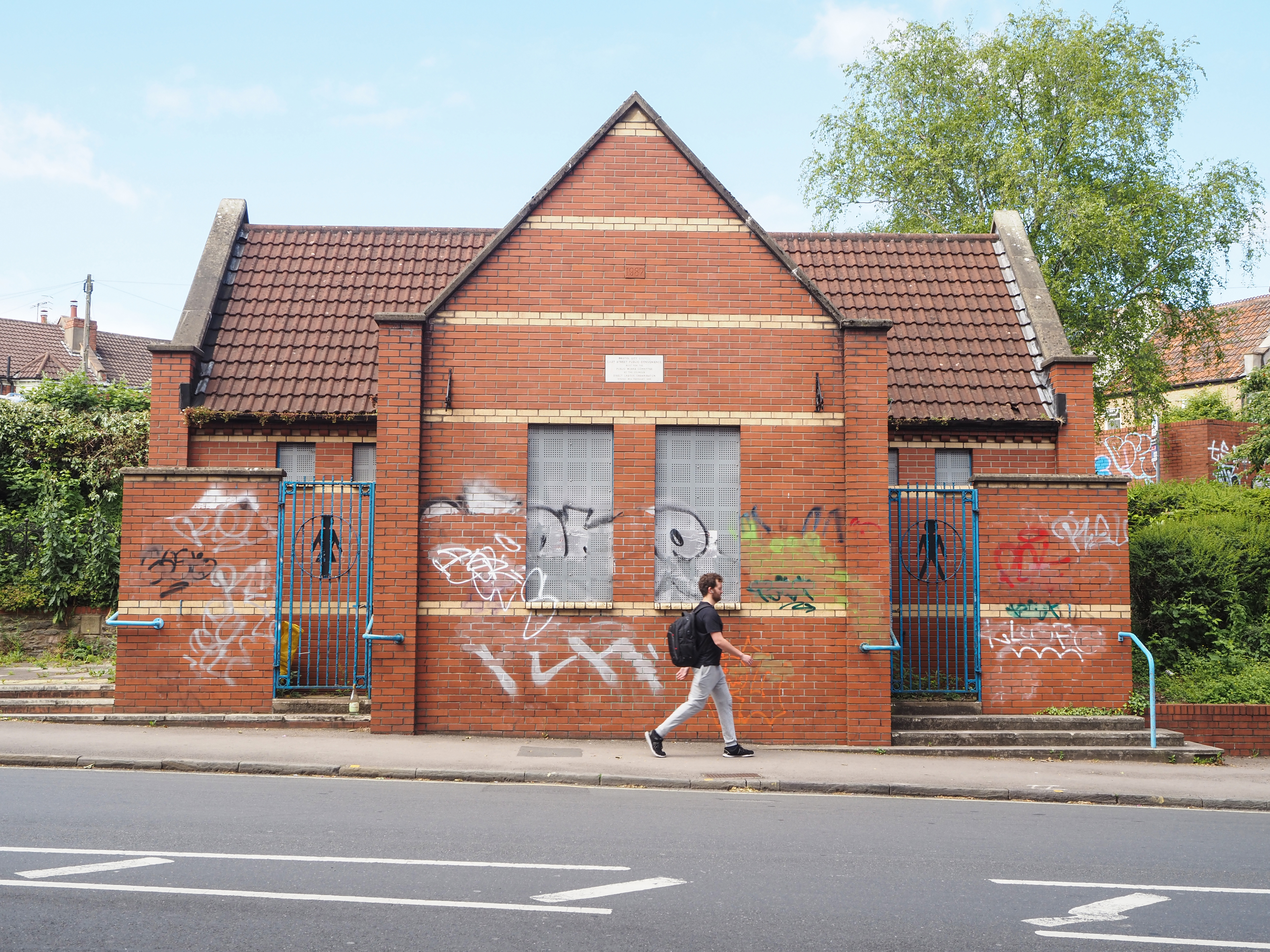
How to choose the best retro camera
Retro cameras can be defined in a number of ways. To decide on which is right for you will depend on if you want full manual control over your images, or if you just want a camera that looks the part. Our own Rod Lawton came up with a neat categorization system for retro cameras, which I'll borrow and tweak slightly for this guide.
Retro cameras that are simple to use – these are cameras that look retro, but handle more like modern digital mirrorless cameras in terms of their controls. This is the most affordable way you can get the retro look, though you don't quite get that full retro feel. The Fujifilm X100VI is a great example of this. It looks the part, but its clever design won't impede your photo-taking.
Real-deal retro – these cameras use physical dial-based controls that feel much more like a classic film camera. They’re often built to discourage excessive use of the rear screen (‘chimping’), with some making the screen harder to access mid-shoot, and others doing away with it entirely! These cameras tend to be more expensive, as some are designed for professional photographers, but you also get a larger sensor and generally better features. The Nikon Zf is one such camera. Its brass dials will patina with age and its rear LCD can be flipped in on itself to reveal a convincing leatherette backing. And while that shallow grip won't be for everyone, it's faithful to the retro Nikon SLRs of yore.
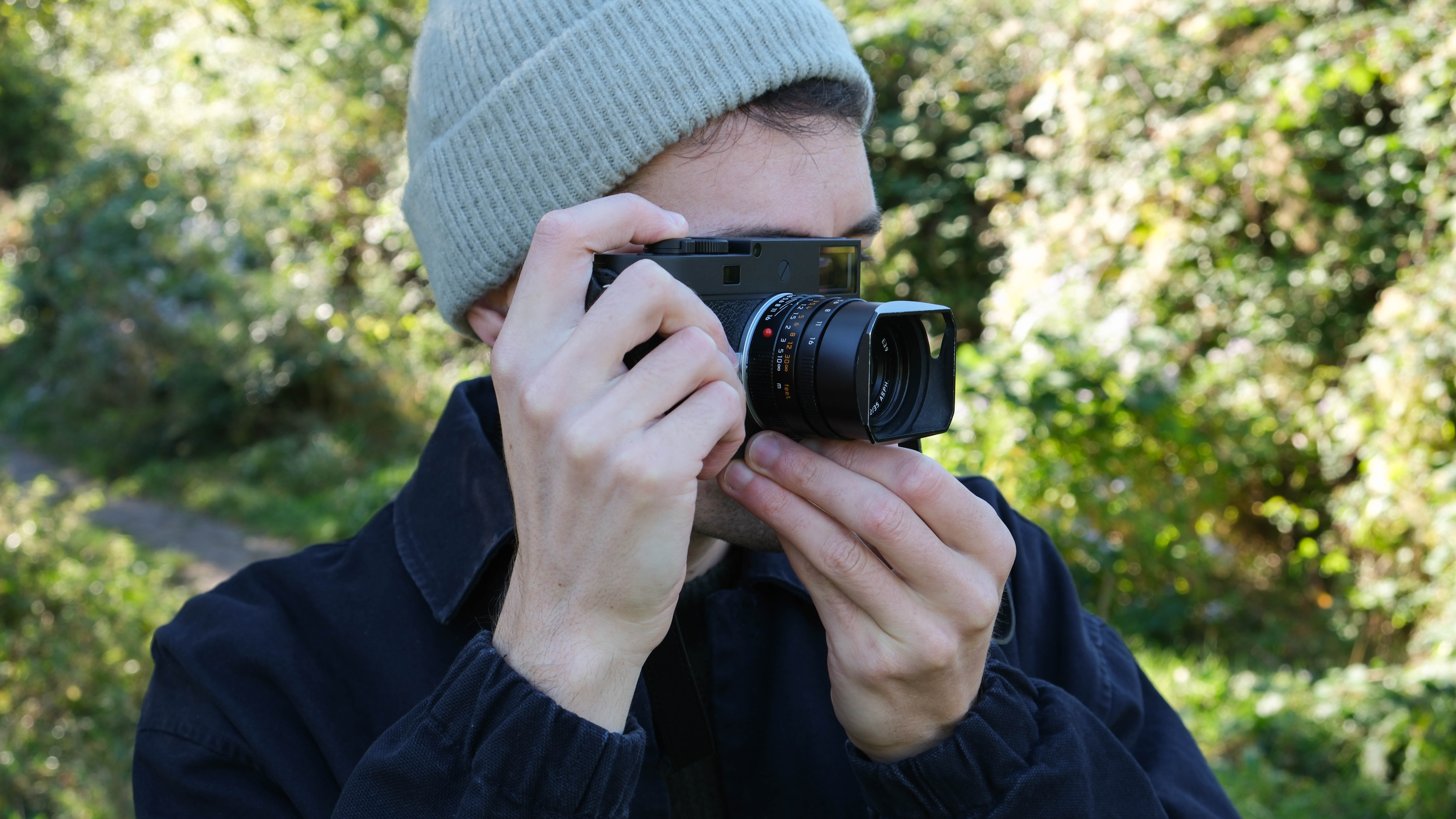
What's the best budget retro camera?
The best budget retro-style camera that gives the feel of nostalgia, but has the tech of a modern-day camera has to be the Nikon Z fc. This retro camera sensibly targets a more entry-level market and provides that retro feel, with dial-based retro controls in cool 1980s styling. It's also available in different colors, so you can add a zesty modern twist to your retro-themed device.
Is the Fujifilm X100VI worth the hype?
I really enjoyed shooting with the X100VI, so much so that I bought one. With dial-led controls, superb images straight out of the camera, IBIS and improved autofocus, the Fujifilm X100VI is the best version of this camera yet. The camera might not be for everyone, though, as the fixed lens and the rangefinder design won't be to all tastes.
Retro Camera Comparisons
| Header Cell - Column 0 | Fujifilm X-T5 | Nikon Zf | Fujifilm X100VI | Olympus OM-D E-M10 Mark IV | Nikon Z fc | Fujifilm X-T30 II | Fujifilm X-M5 | Olympus Pen E-P7 |
|---|---|---|---|---|---|---|---|---|
Launch price | $1,699 (body) | $1,999 (body) | $1,599 | $699 (body) | $959 (body) | $899 (body) | $899 (body) | $599 (body) |
Sensor | APS-C | Full-frame | APS-C | Micro Four Thirds | APS-C | APS-C | APS-C | Micro Four Thirds |
Megapixels | 40MP | 24.5MP | 40MP | 20.3MP | 20.9MP | 26.1MP | 26.1MP | 20.3 |
Lens mount | Fujifilm X-mount | Nikon Z-mount (FX) | Fixed 23mm f/2 | MTF | Nikon Z-mount (DX) | Fujifilm X-mount | Fujifilm X-mount | MTF |
Screen | 3in, tilting, 1,840k dots | 3.2in, vari-angle, 2,100k dots | 3in, tilting, 1,620k dots | 3in, tilting, 1,037k dots | 3in, vari-angle, 1,040k dots | 3in tilting touchscreen, 1,620k dots | 3in tilting touchscreen, 1,620k dots | 3in, tilting, 1,037k dots |
Viewfinder | EVF, 3,690k dots | EVF, 3,690k dots | Hybrid OVF/EVF, 3,690k dots | EVF, 2,360k dots | EVF, 2,360k dots | EVF, 2,360k dots | None | None |
Max burst speed (electronic/mechanical) | 20fps / 15fps | 30fps / 14fps | 20fps / 11fps | 15fps / 11fps | 20fps / 11fps | 30fps / 8fps | 30fps / 8fps | 15fps |
Max video resolution | 6.2K 30P | 4K 60P | 6K 30P | 4K 30P | 4K 30P | 4K 30P | 6K 30P | 4K 30P |
How we test retro cameras
Just because a camera looks retro doesn't mean we test it any differently from how we test the best mirrorless cameras. We test retro cameras using both real-world shooting scenarios and in carefully controlled lab conditions.
We use our lab tests to measure resolution, dynamic range and signal-to-noise ratio, providing a peerlessly accurate representation of what the sensor can do. We measure resolution using ISO resolution charts and track dynamic range using DxO Analyzer test equipment, which we also use for noise analysis throughout the camera's ISO range.
We test in the real world to get a sense of how a camera feels to use, how it handles, and how enjoyable it is to shoot with. This is extra-important with retro cameras, where that old-school feel is just as important as the old-school looks!
We will always try and test cameras in different environments and on different subjects, including low light and bright sunshine or landscapes and people. We pay attention to how responsive the autofocus and tracking are, whether the buffer ever gets full when shooting in burst mode, how easy the camera is to operate, and whether it comes with handy custom buttons that make your shooting process centered around you.
Find out more about how we test and review at Digital Camera World
Deals on the best retro cameras
Get the Digital Camera World Newsletter
The best camera deals, reviews, product advice, and unmissable photography news, direct to your inbox!

Gareth is a photographer based in London, working as a freelance photographer and videographer for the past several years, having the privilege to shoot for some household names. With work focusing on fashion, portrait and lifestyle content creation, he has developed a range of skills covering everything from editorial shoots to social media videos. Outside of work, he has a personal passion for travel and nature photography, with a devotion to sustainability and environmental causes.
